- Excellent real world economy
- Exotic looking and practical interior
- Loaded with safety equipment
- Big price jump for the hybrid
- Infotainment system not very intuitive
- Active safety systems need refinement
If you look at the overall timeline of the global automotive industry, the progress of Chinese car manufacturers like Haval is astounding. Since its first Australian sales in 2013, Haval has launched a range of good quality, well rounded and attractively priced products that have steadily increased in sales locally. With 18,833 sold so far in 2022, its sales are up 26.5 per cent on 2021. With more sales under its belt, it’s now turned itself to ‘new energy vehicles’. What does that mean? Let’s allow the 2022 Haval Jolion Ultra Hybrid to explain.
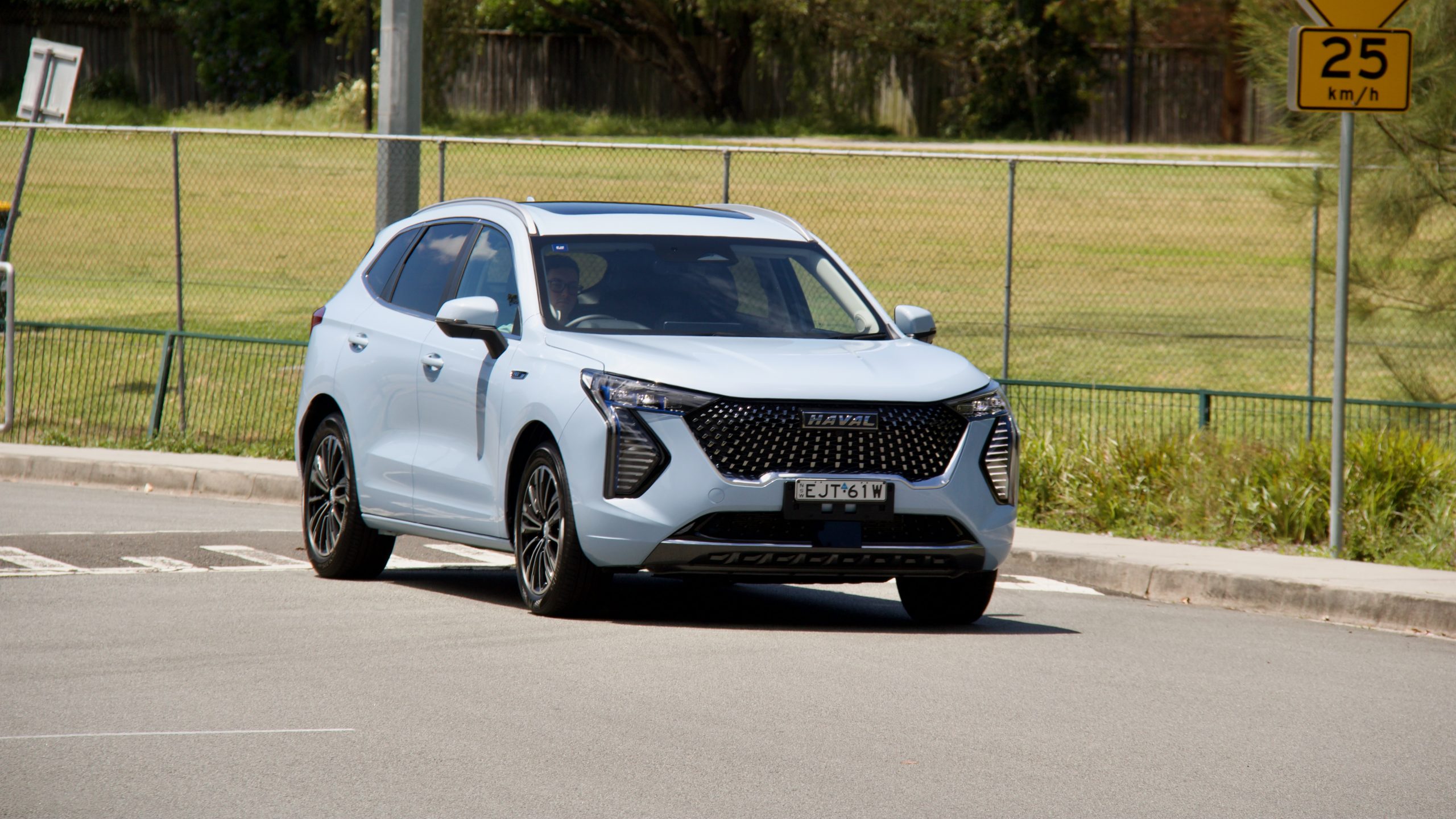
The Jolion is Haval’s small SUV offering in Australia, and it sells well in its crowded small SUV segment with 6,158 sales under its belt so far in 2022. New for 2022 was the Ultra Hybrid variant, which combines a 1.5-litre petrol engine with a hybrid system for a 5.0L/100km combined rating. It and the larger H6 Hybrid fall under Haval’s ‘new energy vehicles’ tag, and there are more coming in the future. Is it worth consideration over more established hybrid rivals? Let’s find out.
Price & Equipment: 7.5/10
While the regular Jolion starts at $28,490 drive away, the only hybrid model available in Australia is based on the top-spec Ultra and is therefore the most expensive Jolion you can buy. At $40,990 drive away, it’s a full $7,000 more expensive than the Jolion Ultra on which it’s based.
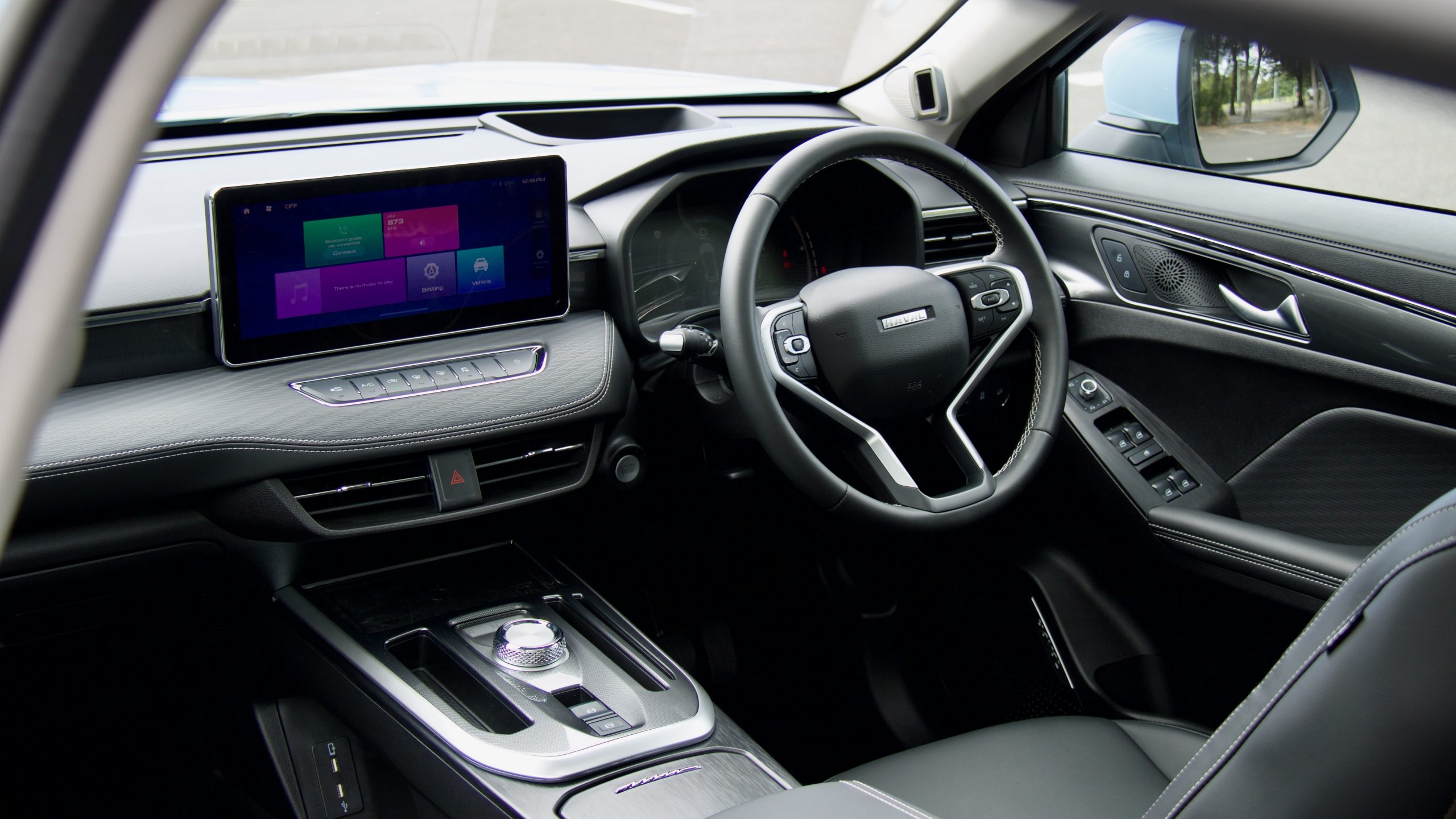
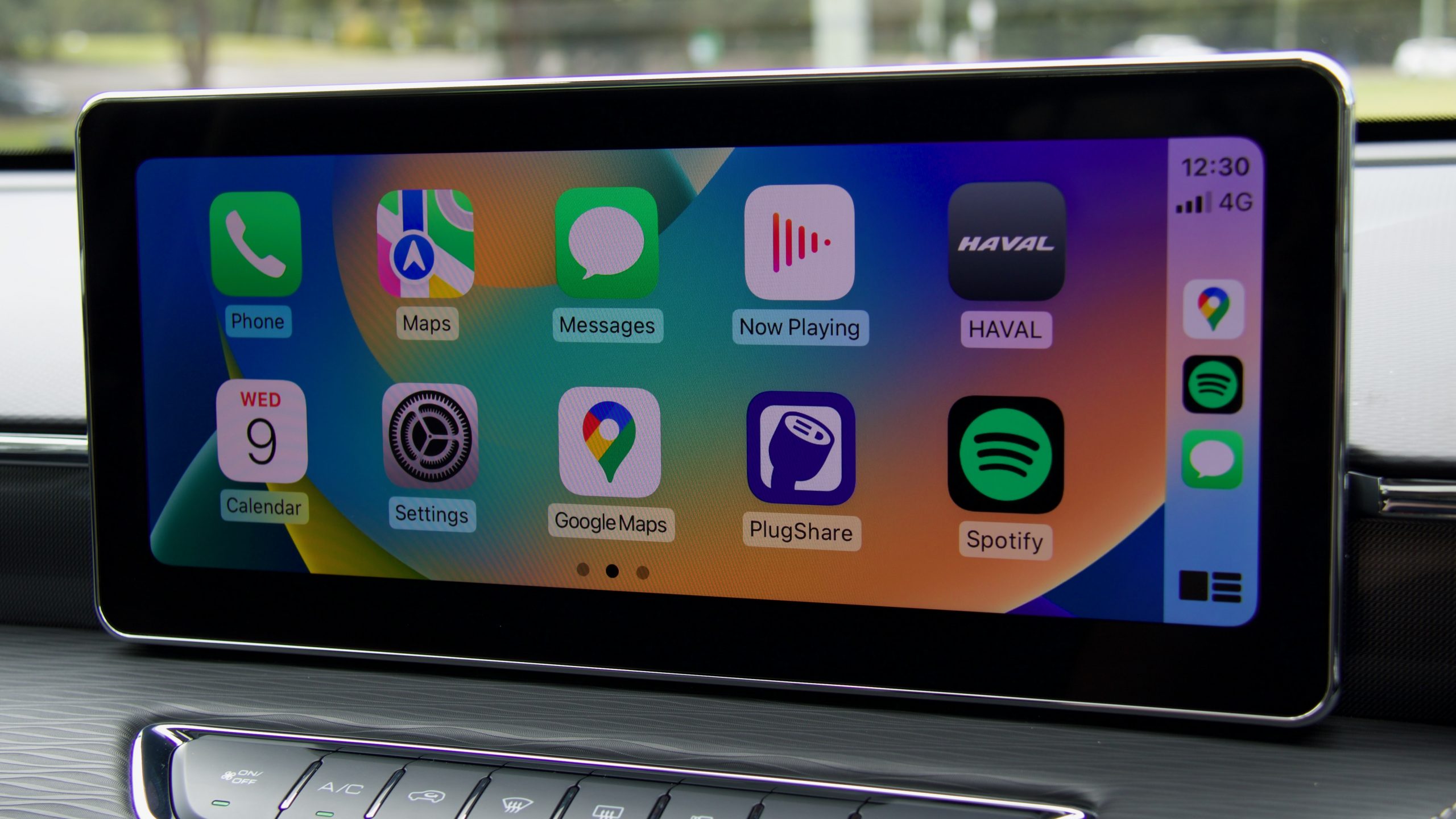
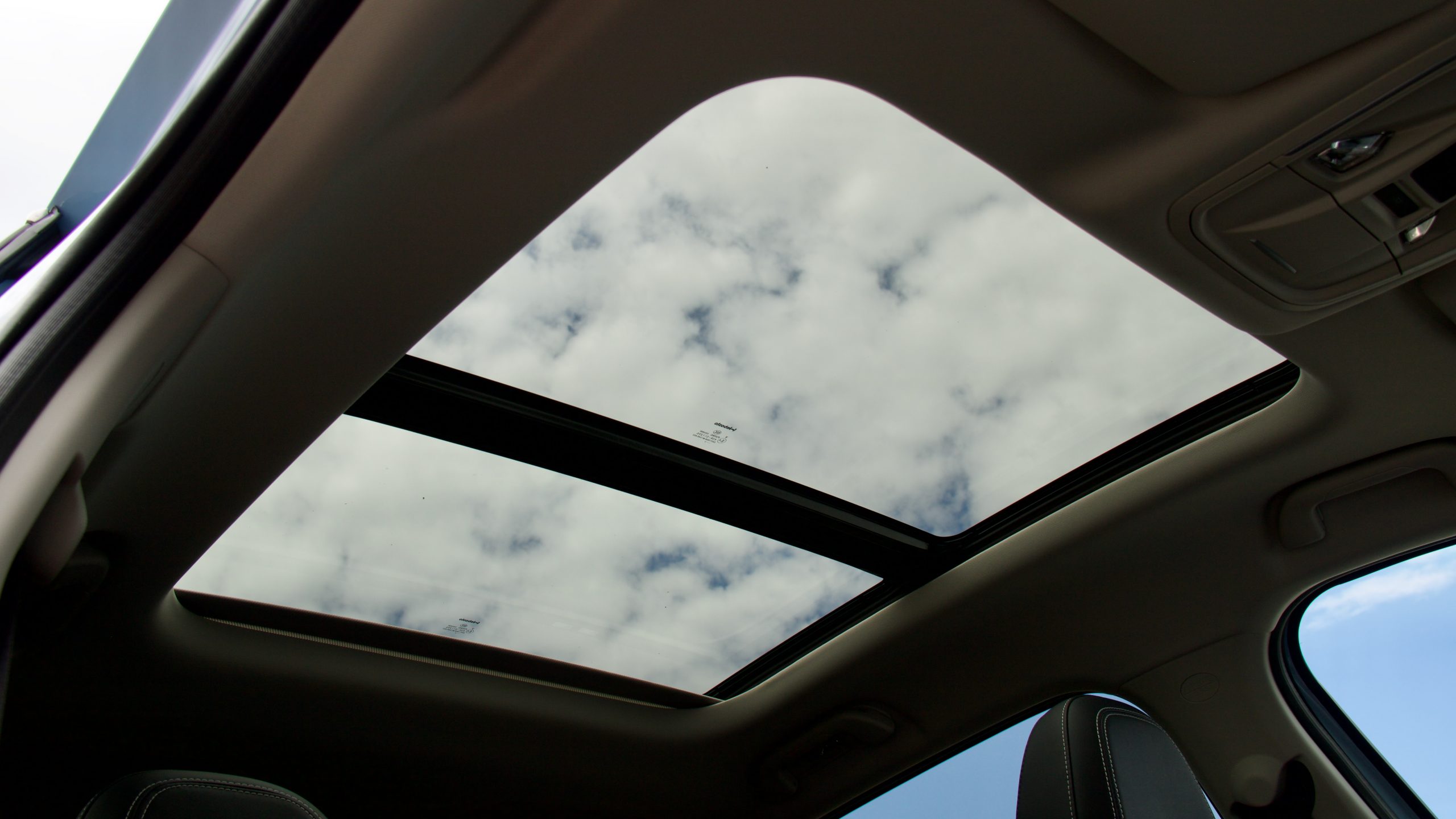
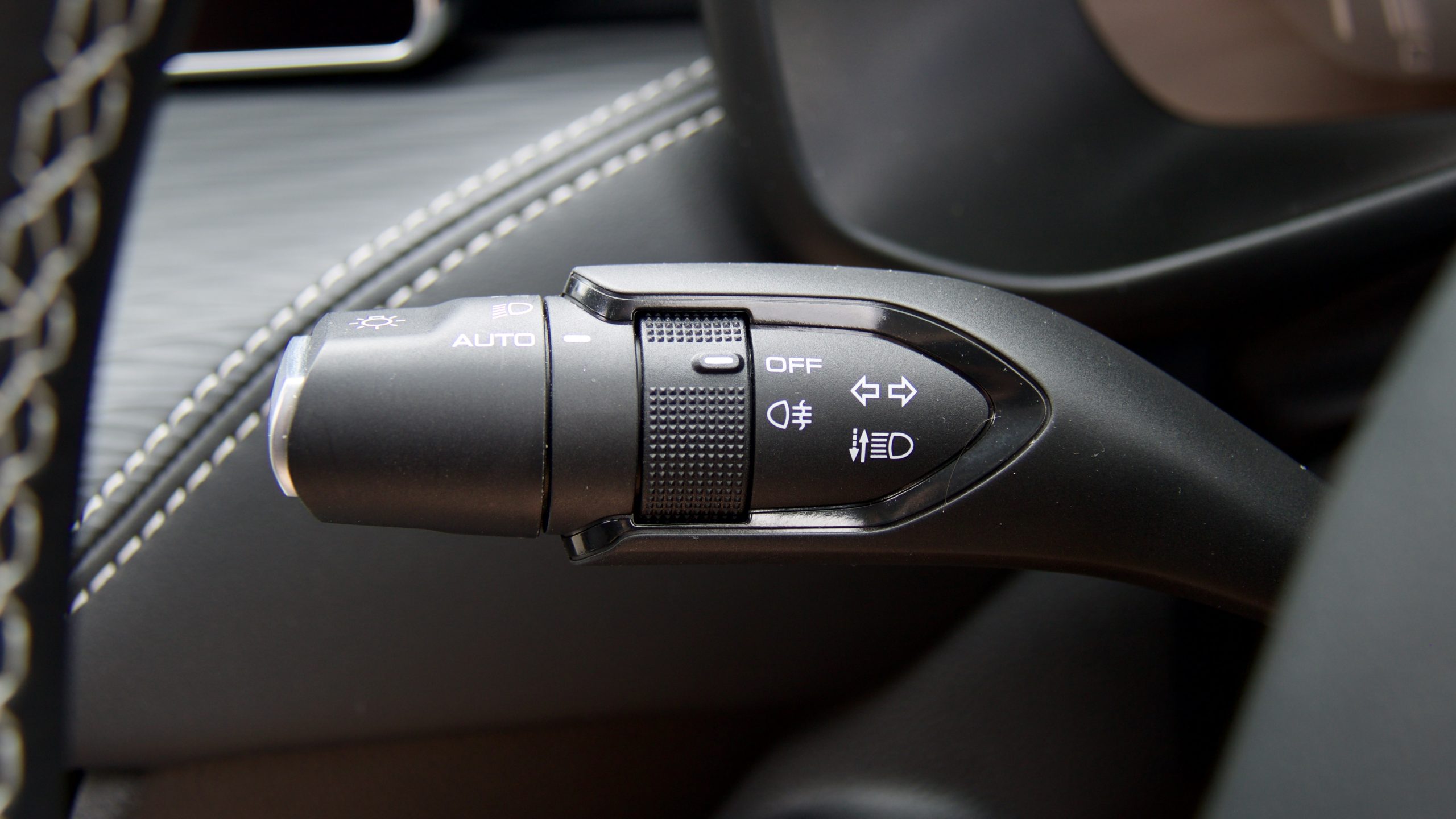
Standard equipment includes 18-inch alloy wheels, automatic all-LED lighting, auto wipers, roof rails, a panoramic sunroof, synthetic leather upholstery with a six-way electrically adjustable driver’s seat, heated front seats, a 12.3-inch touchscreen with wired Apple CarPlay and Android Auto, a 7.0-inch digital driver’s display, a heads-up display, digital radio, a six-speaker sound system, dual-zone climate control with rear vents, keyless entry and start, heated and auto-folding mirrors, multiple driving modes, a wireless phone charger, four USB-A ports and a rear centre armrest with cup holders.
Safety equipment includes seven airbags (including a front centre unit), auto emergency braking (AEB) with pedestrian and cyclist detection, adaptive cruise control with stop and go functionality, blind-spot monitoring with rear cross-traffic alert (with braking), lane keep assist with lane centre assist, traffic sign recognition, traffic jam assist, safe exit warning, driver attention monitoring, a 360-degree parking camera and rear parking sensors.
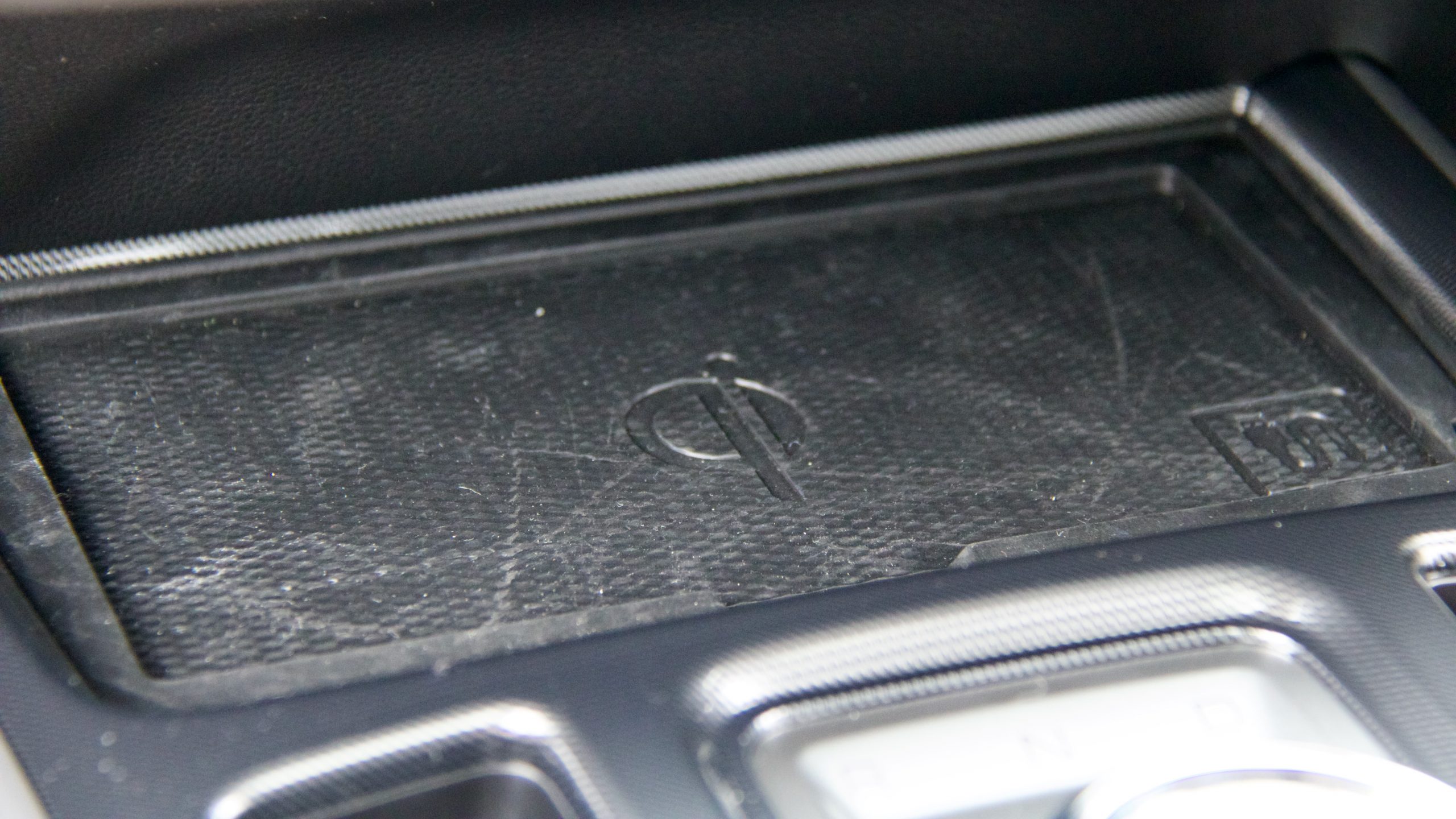
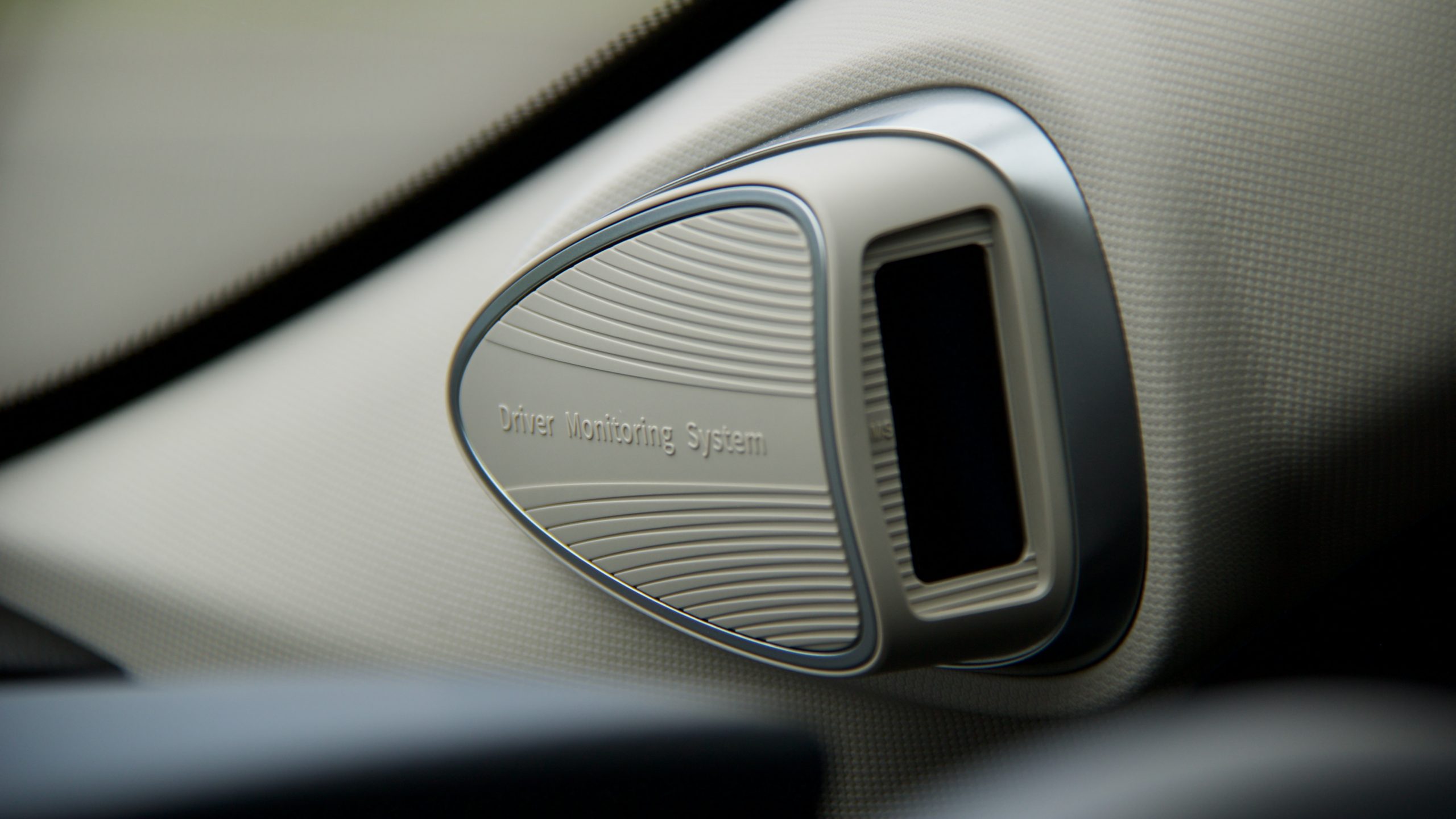
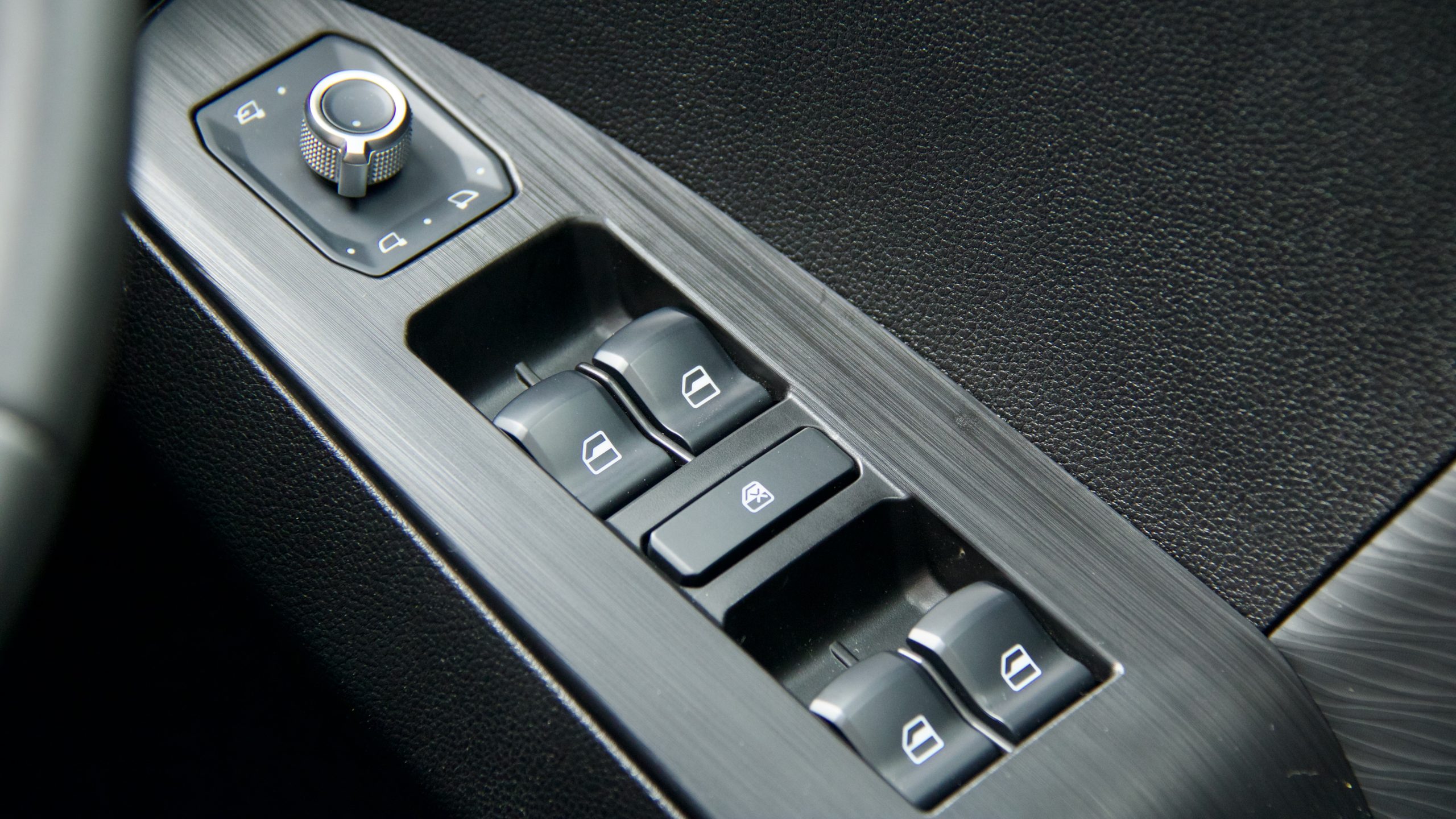
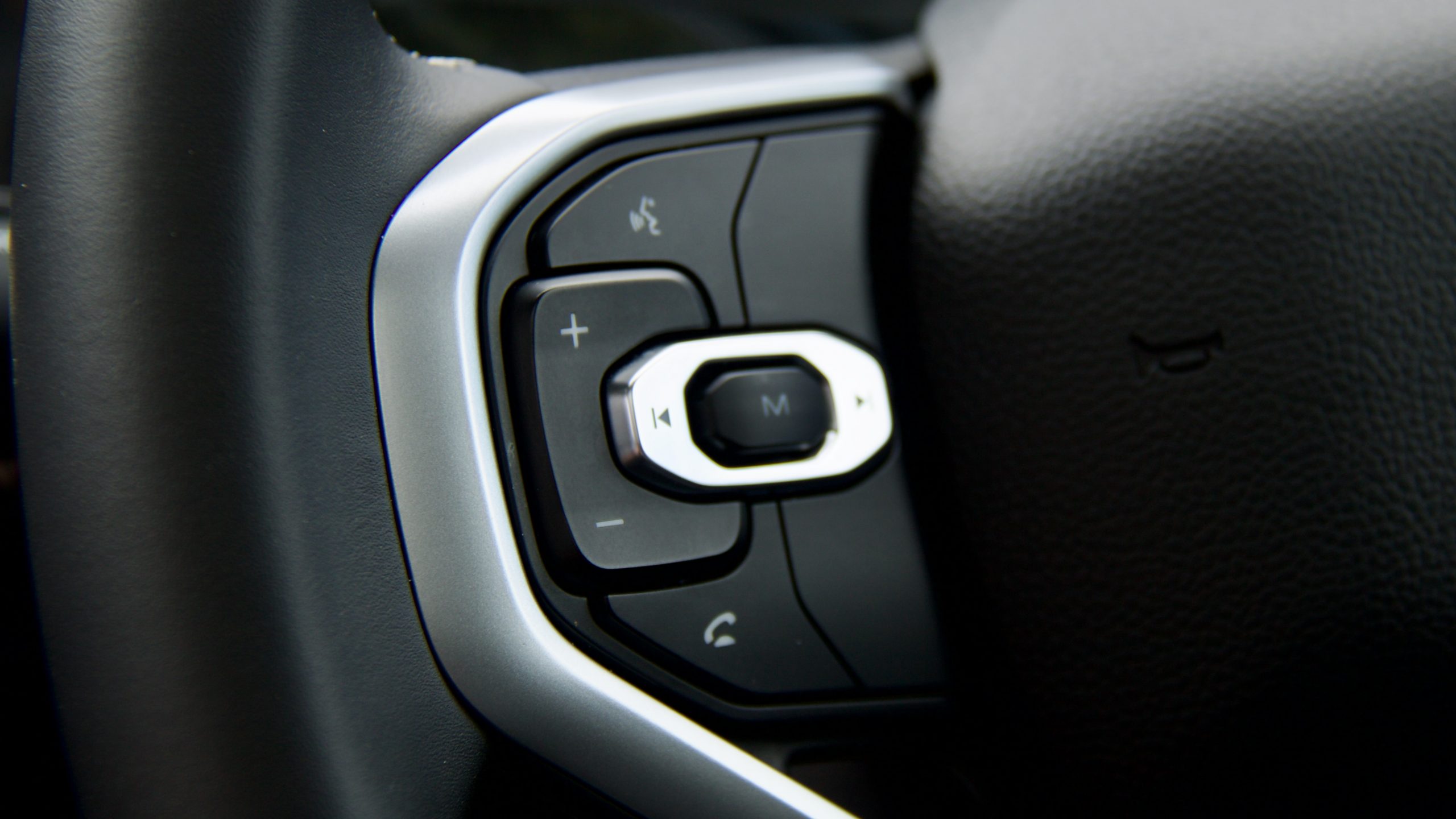
There are no options for the Jolion range except for exterior colour: ‘Hamilton White’ is the only no-cost option with ‘Golden Black’, ‘Azure Blue’, ‘Mars Red’, ‘Smoke Grey’ and our test car’s ‘Glacier Blue’ all costing $495 extra.
While the Jolion Ultra Hybrid is relatively well equipped, we’d like to see more equipment to help justify the cost. Features like more seat adjustment for the driver’s chair, a power tailgate, keyless entry for more than the driver’s door, digital radio and satellite navigation would be great additions. Regardless, we think the $7,000 premium for the hybrid drivetrain is a lot and would take drivers more than a decade to recoup the extra spend in fuel savings – even at the high prices that petrol is currently costing drivers. Put simply, the Jolion Hybrid’s pricing is just too high.
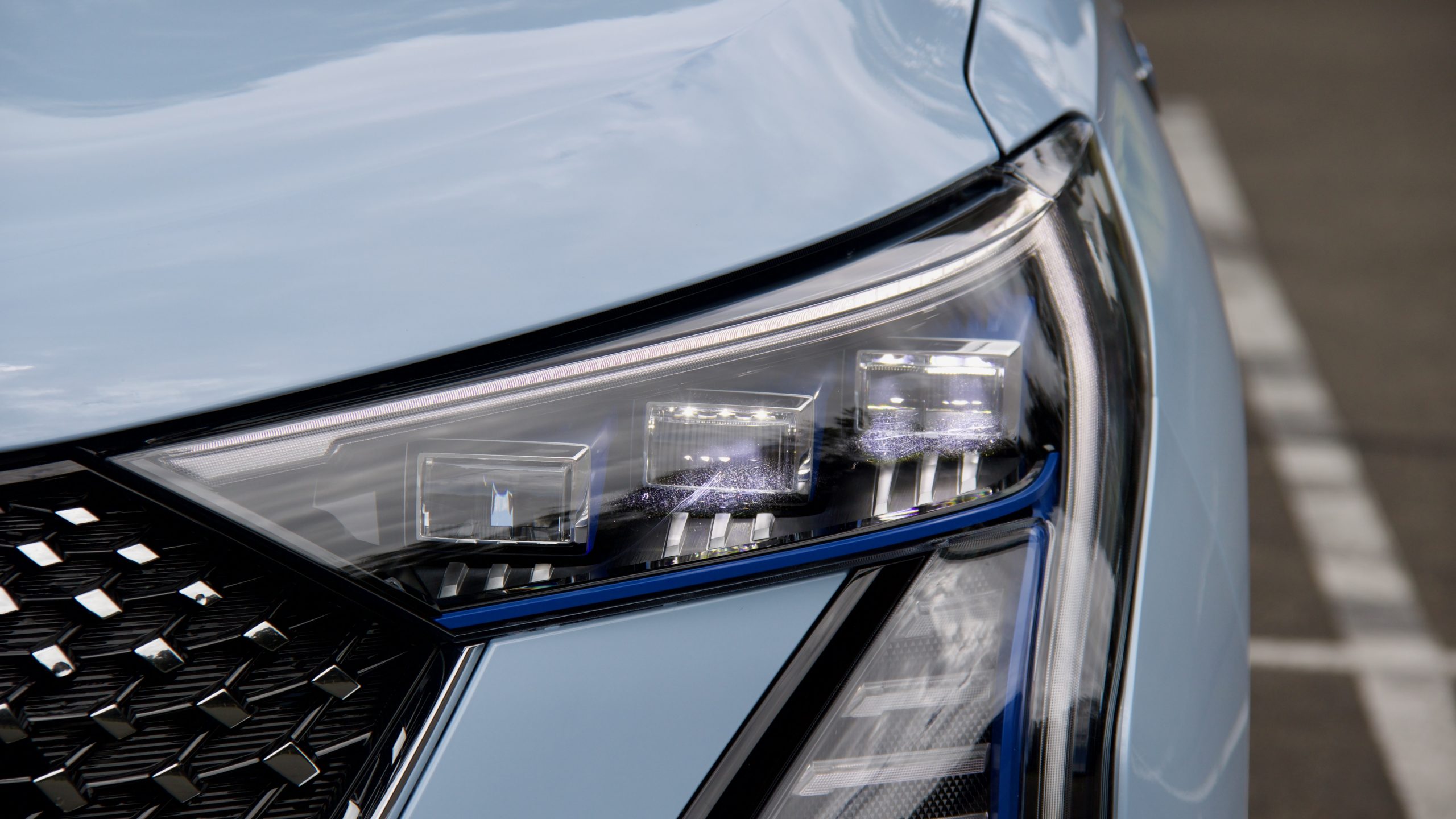
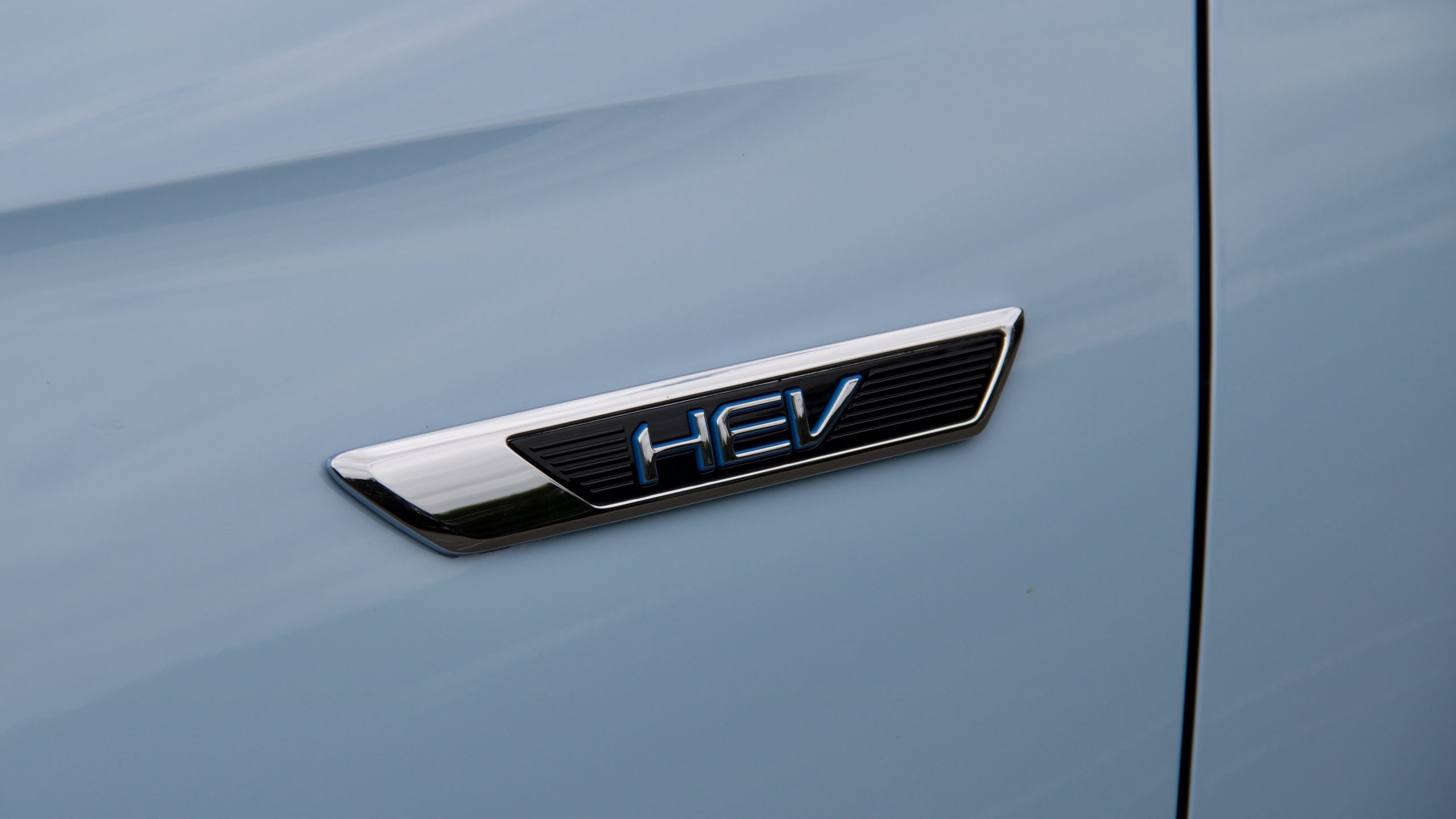
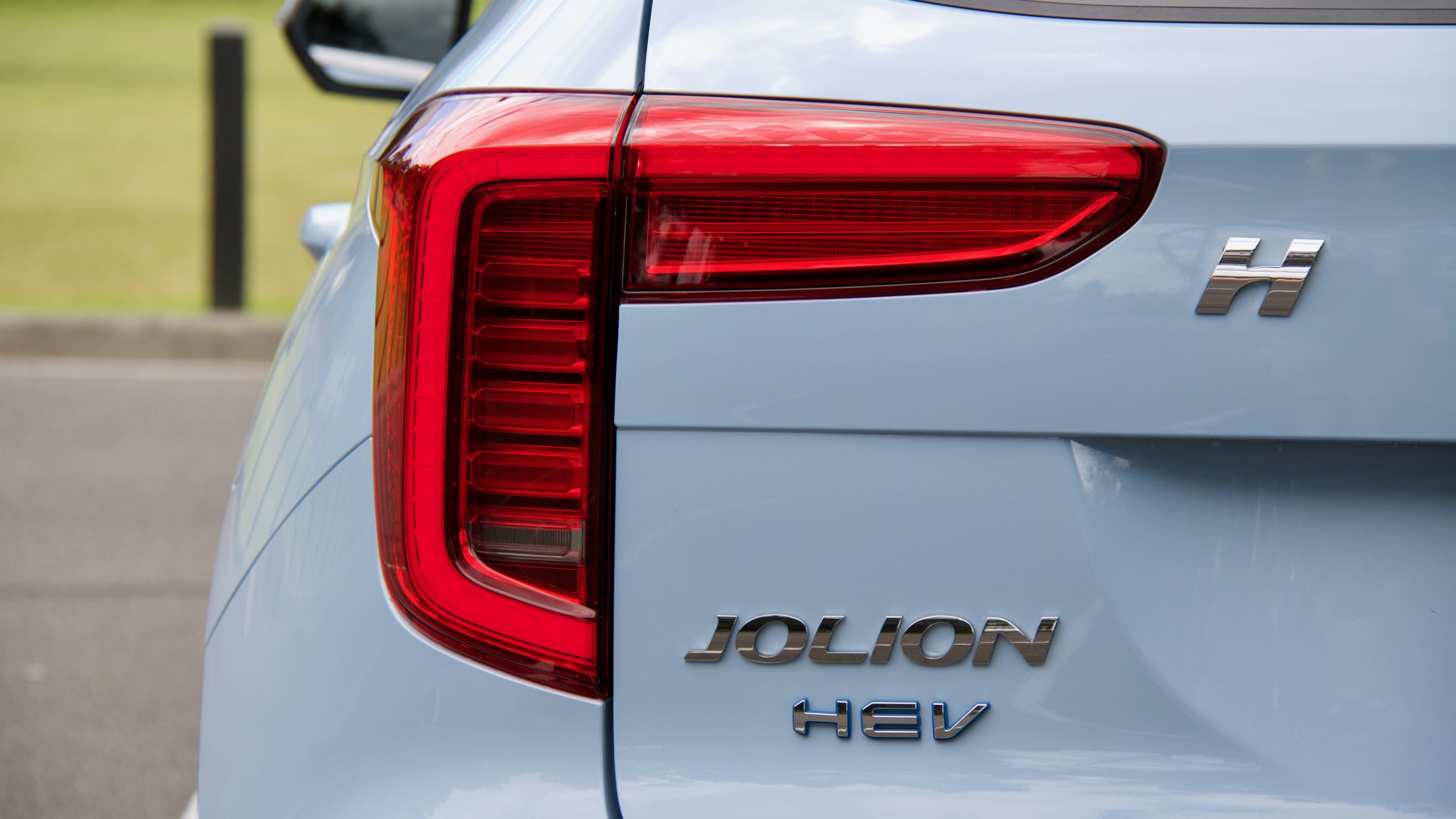
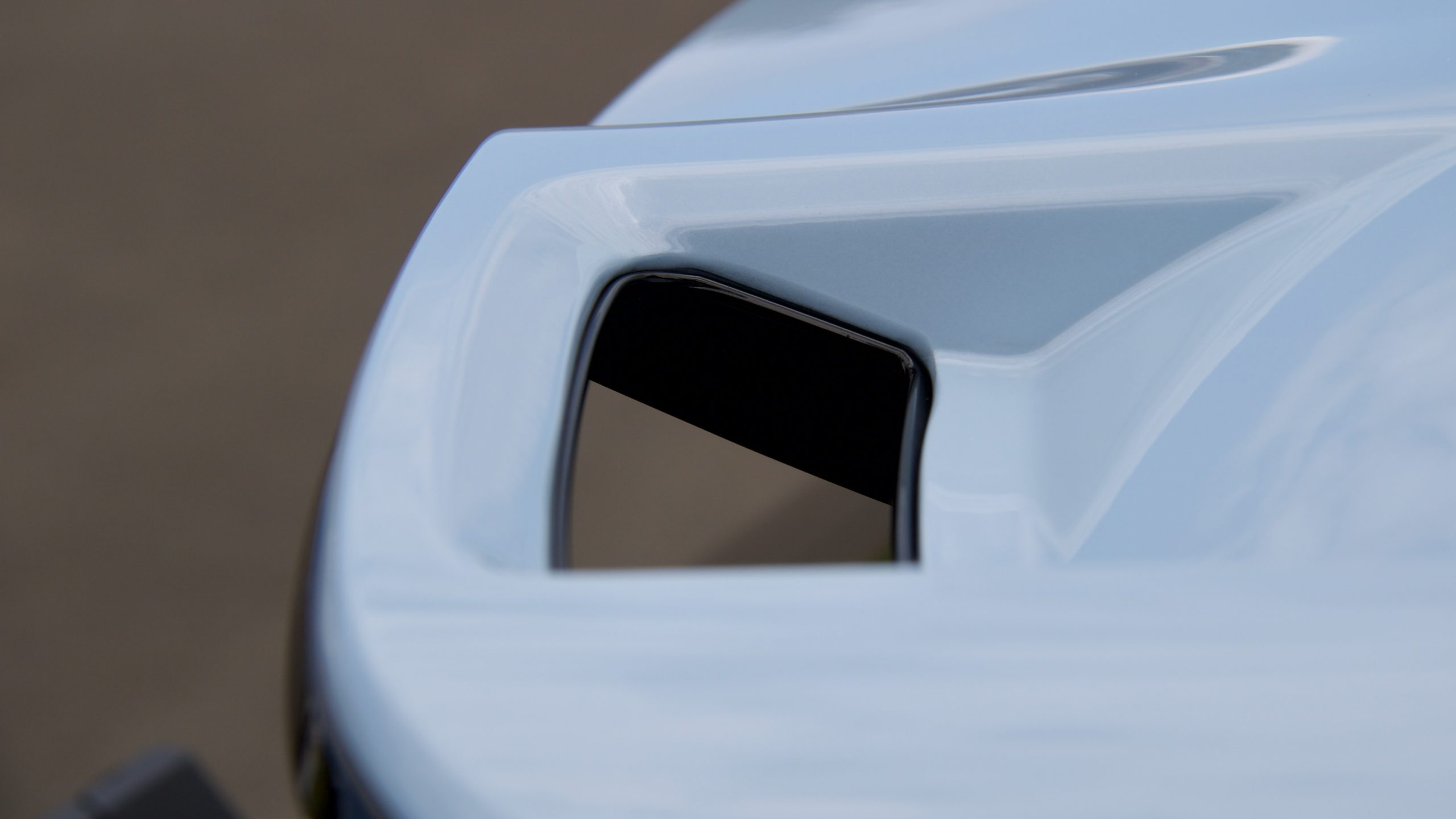
But the Jolion Ultra Hybrid is better value when you compare it to its hybrid competition: the Kia Niro S hybrid (around $49,000 drive away), Honda HR-V e:HEV L ($47,000 drive away) and Toyota Corolla Cross GXL hybrid (around $43,500 drive away). The Jolion looks like great value against the Niro and HR-V especially, thanks to its almost-20 per cent lower asking price – yet it’s also much better equipped than the Kia especially, where it features a leather steering wheel, faux leather upholstery, bigger wheels, a panoramic sunroof, heated front seats and more safety equipment as standard over the base Kia Niro.
Performance & Economy: 8/10
Under the bonnet of the 2022 Haval Jolion Ultra Hybrid is a 70kW/125Nm 1.5-litre petrol engine that’s mated to a 110kW/250Nm electric motor, which draws power from a 1.8kWh battery located under the boot floor. Power is sent to a two-speed transmission that feels like other gearboxes in hybrid cars. Total outputs are a healthy 139kW of power and 375Nm of torque. It’s capable of driving using solely electric power – under around 65km/h – but also solely on petrol power, or with a combination of both. There are multiple driving modes to try and get the most from the system on either end of the scale – sporty or economical – but we found that they weren’t drastically different from one another.
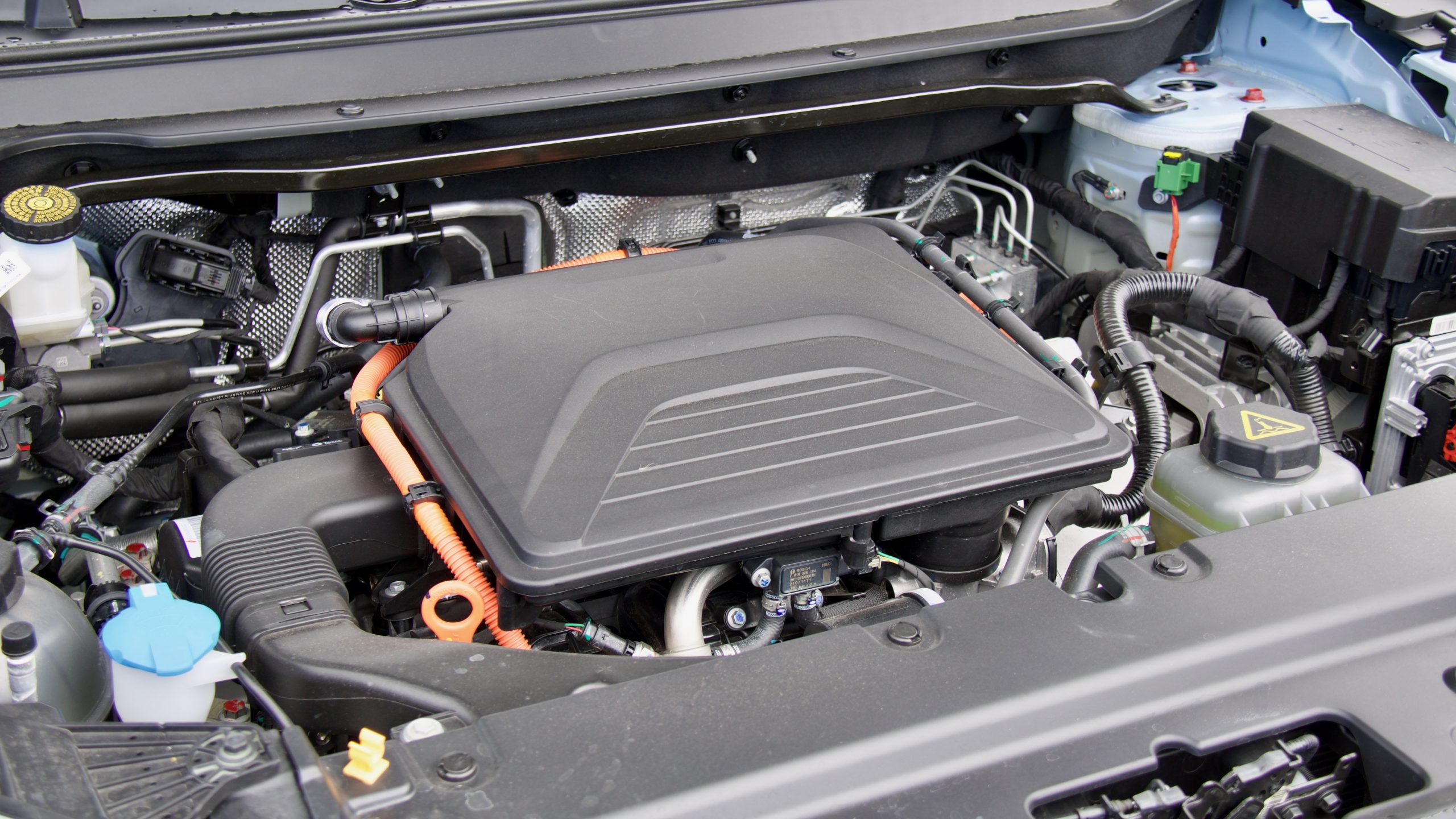
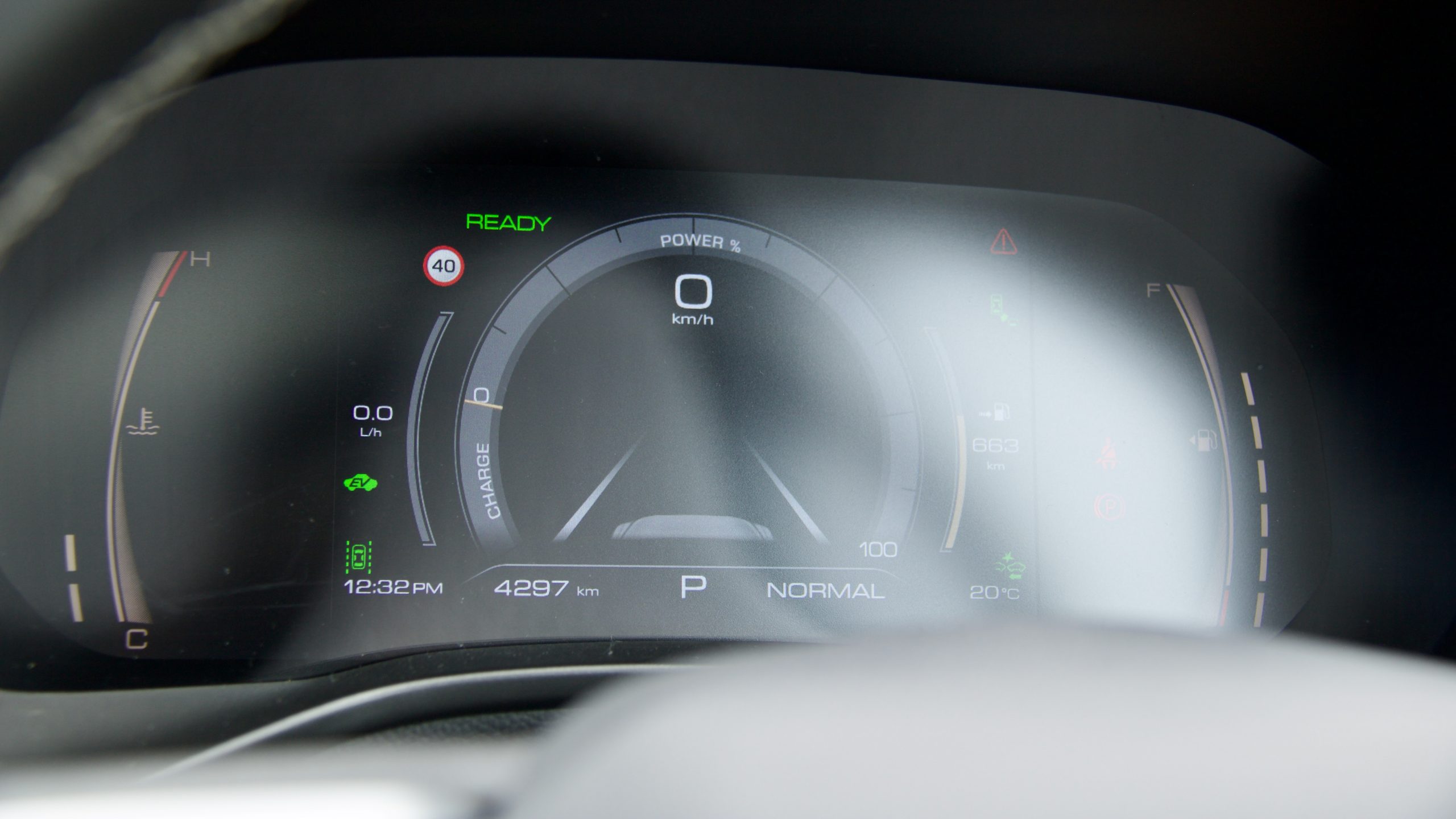
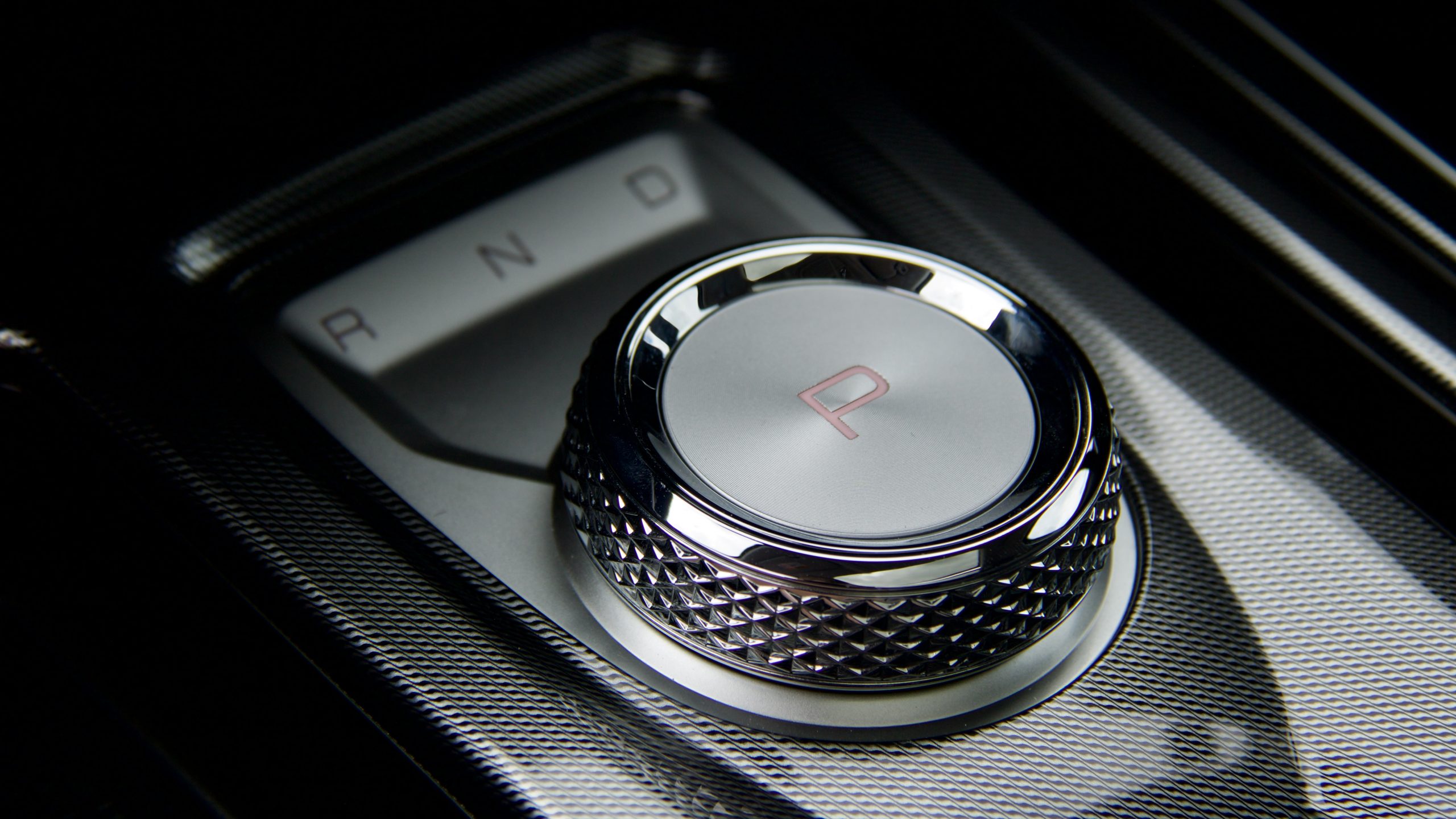
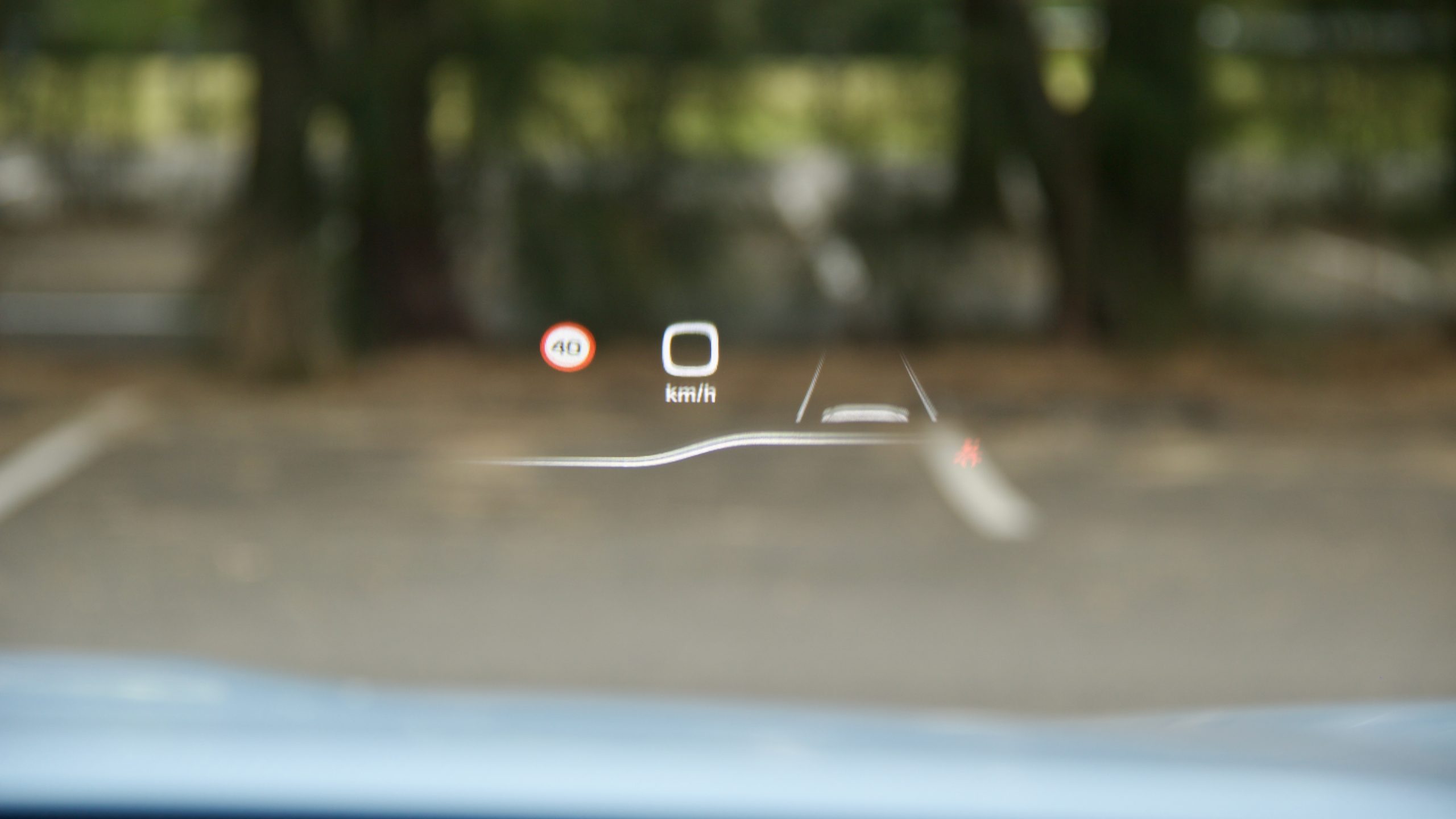
On the move, the Haval’s hybrid system is impressive and in some areas, it’s smoother and quieter than a Toyota hybrid system. That being said, once the engine kicks in, it takes substantially longer switch back off – for example, when you come off the throttle heading downhill – than a Toyota, but it’s able to grab more energy for the electric motor. As a result, you can push it harder from a standstill than a Toyota, and it’ll stay on electric power for longer. Neat.
Of course, like any other hybrid on the market, the Jolion is better suited to urban situations – drive on highways more, and therefore rely on the petrol engine more, and it’ll use more fuel (like all other hybrids). But we were impressed with how easy it was to get great fuel consumption from it – especially considering how spritely it can be (Haval claims a 0-100km/h sprint time of 8.2 seconds). And unless you’re caning it with the petrol engine on, it’s also quiet. In fact, aside from the EV symbol in the driver’s display, you’d be hard pressed knowing if the engine was switched on or off.
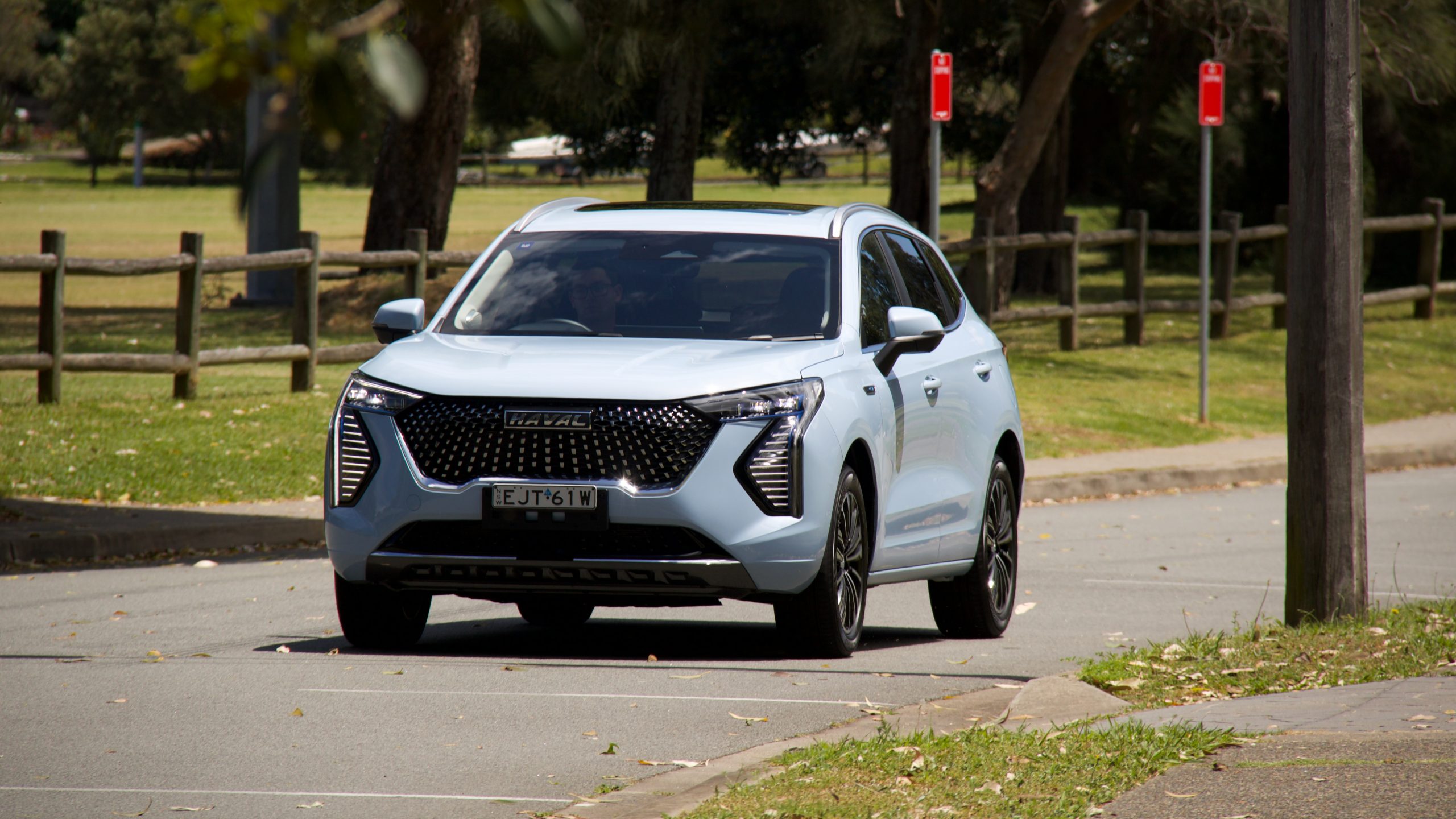
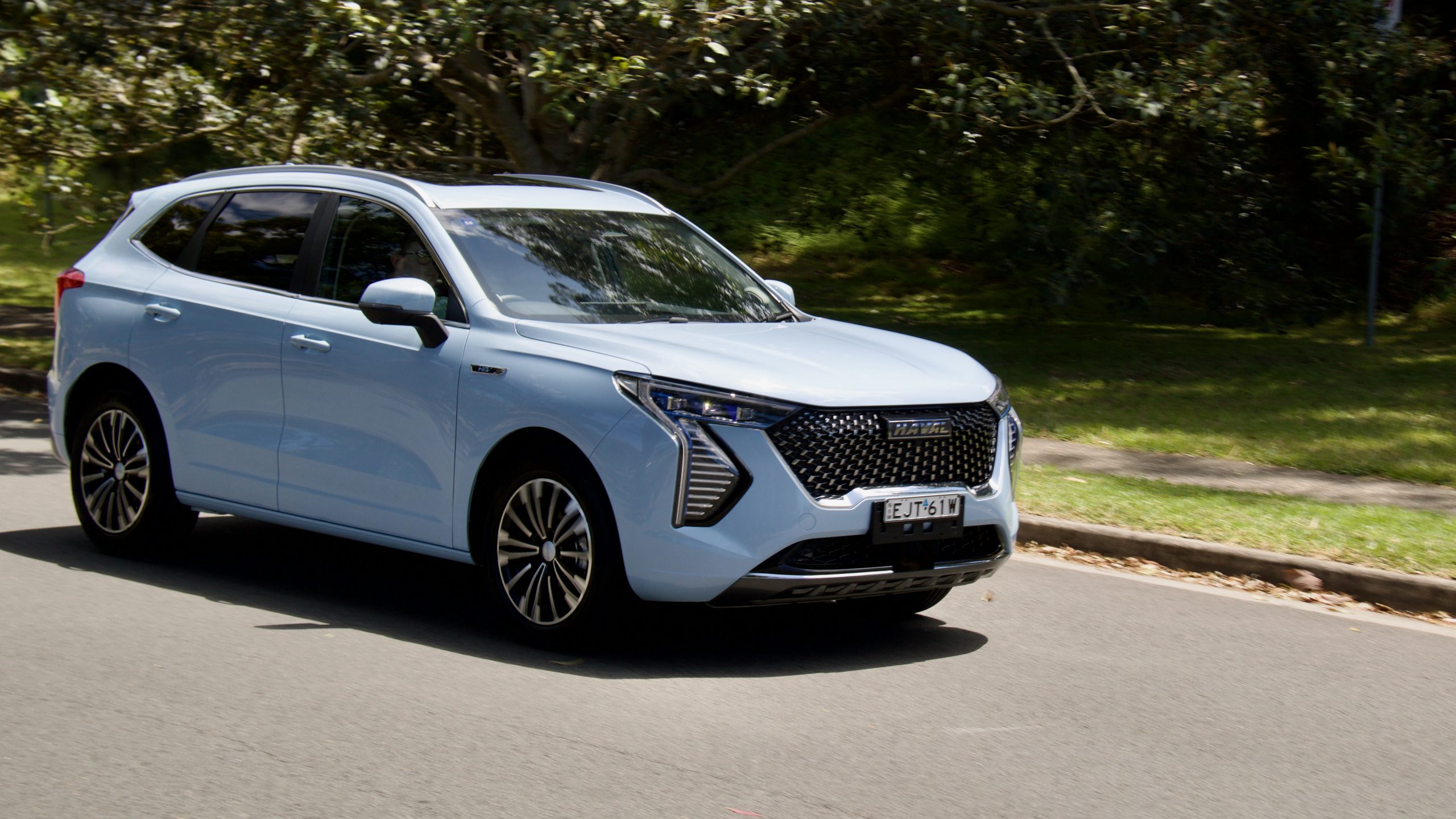
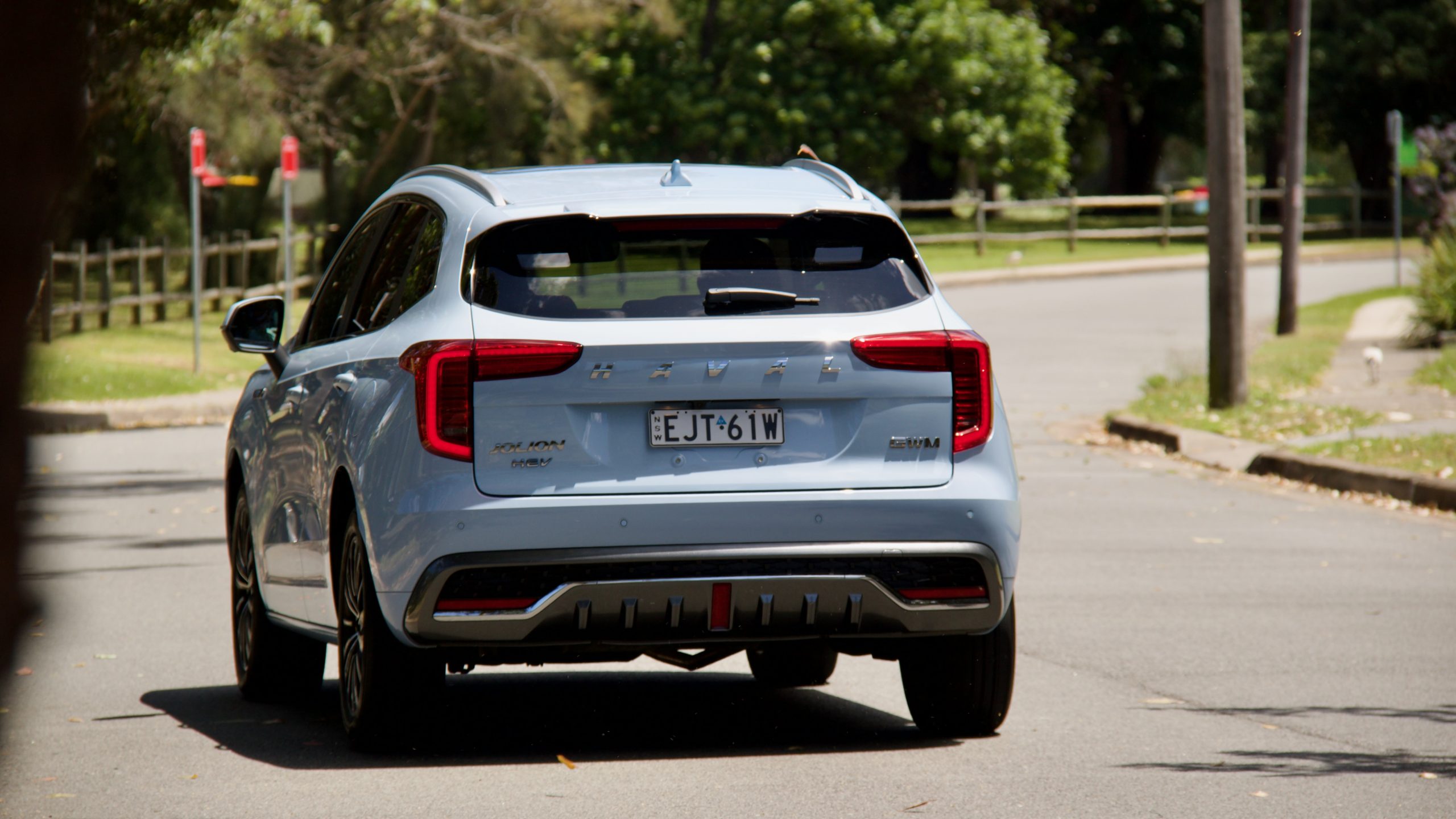
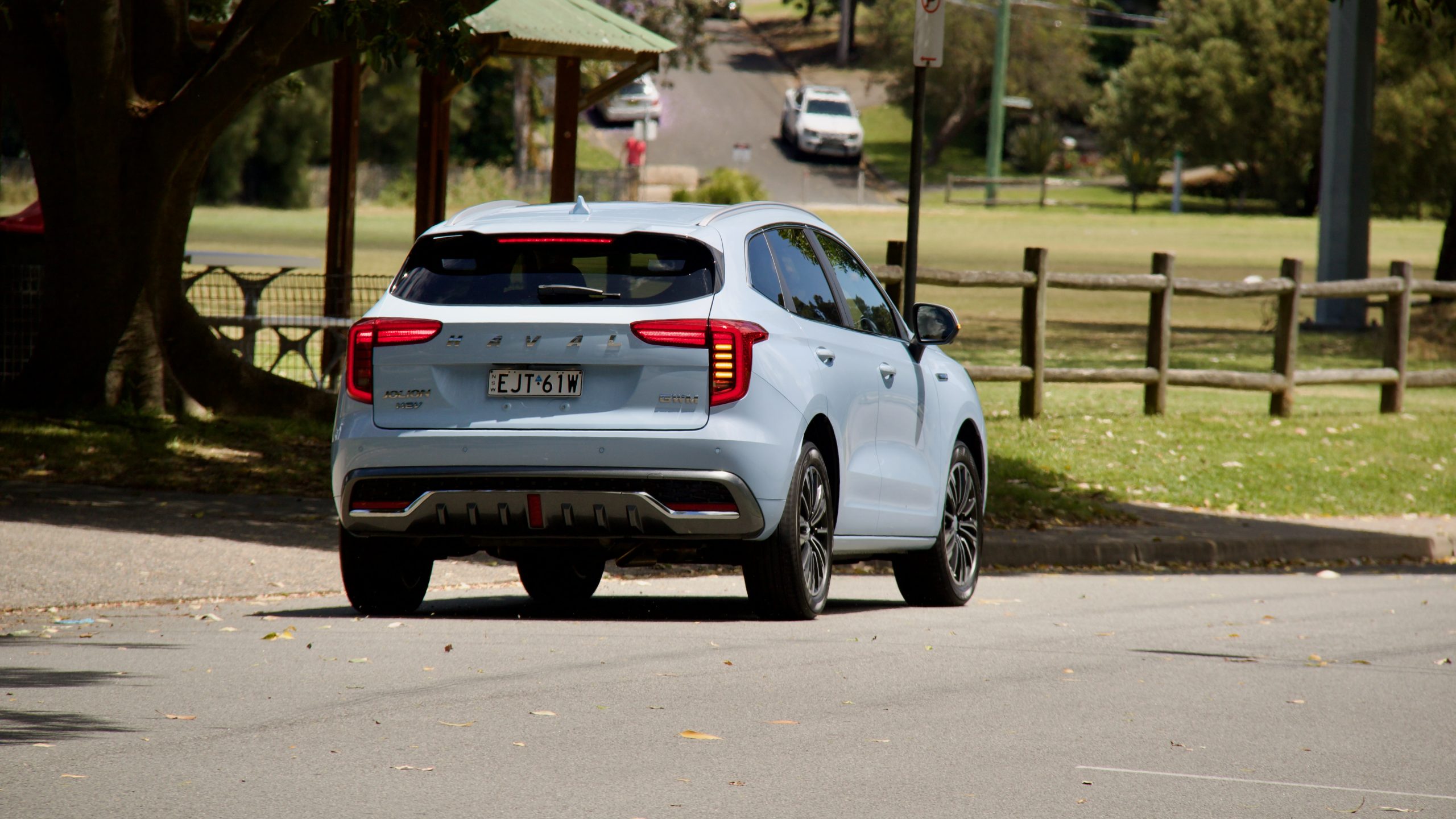
The claimed combined fuel consumption for the Jolion Ultra Hybrid is 5.0L/100km, and over a week of testing, we achieved 6.0L/100km. Of course, a Toyota Yaris Cross hybrid will use less fuel, but the Jolion has a lot more grunt than the Yaris Cross. The Jolion Ultra Hybrid can run on 91RON regular unleaded fuel and has a 55-litre fuel tank. Based on our consumption, you’ll see a healthy 910km from a tank.
Ride & Handling: 7/10
Overall, the driving experience of the Jolion should be described as pleasant, but it’s not perfect. The steering and brakes are totally fine – nothing exciting, but more than competent with reasonable feel. The ride quality is acceptable, though the Jolion isn’t great at soaking up imperfections on poorly surfaced roads and the body control is a touch soft. Floor the throttle from a standstill and there’s also a degree of torque steer. More impressive is the Jolion’s noise suppression, which is quite good, as is its visibility.
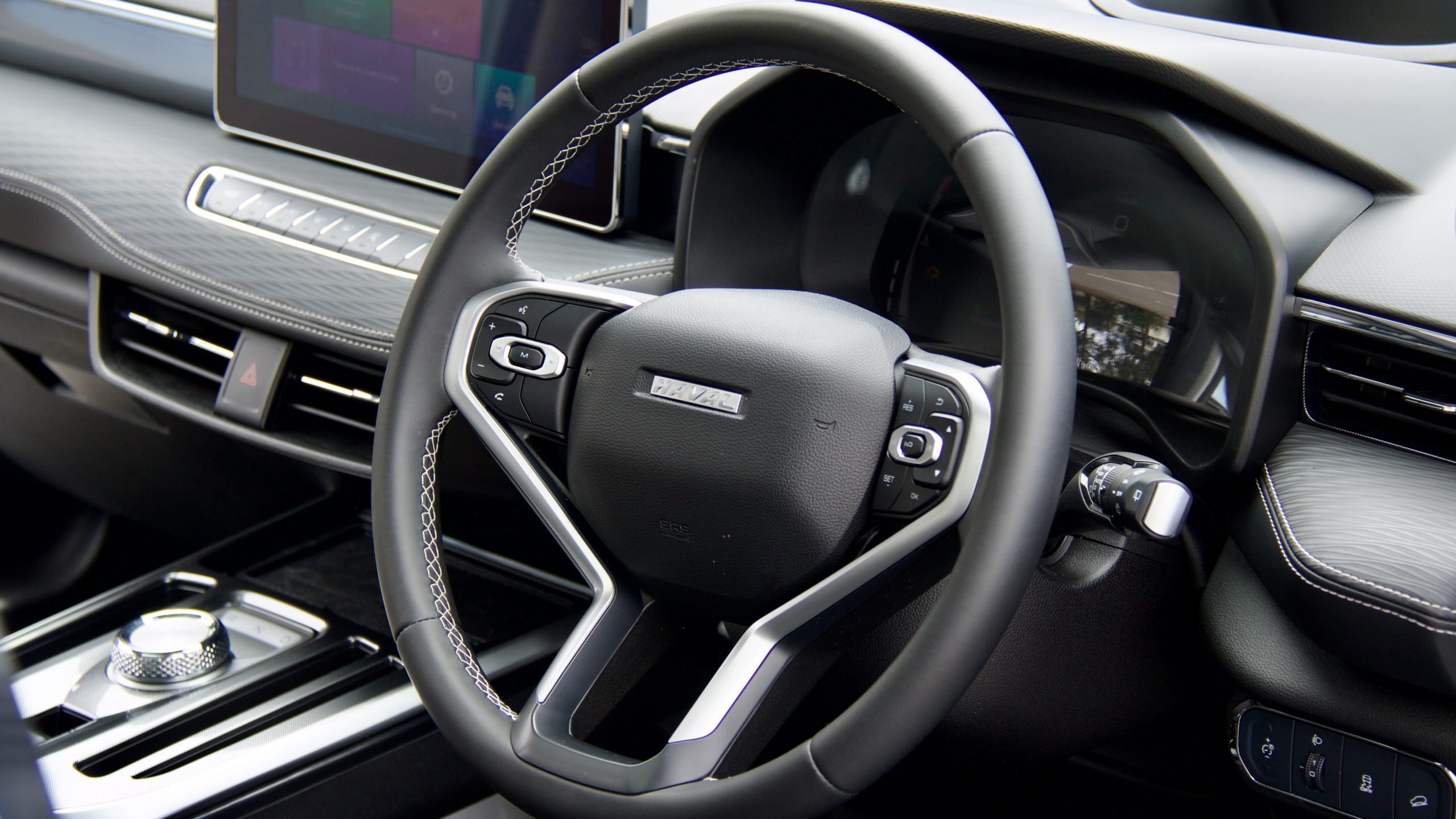
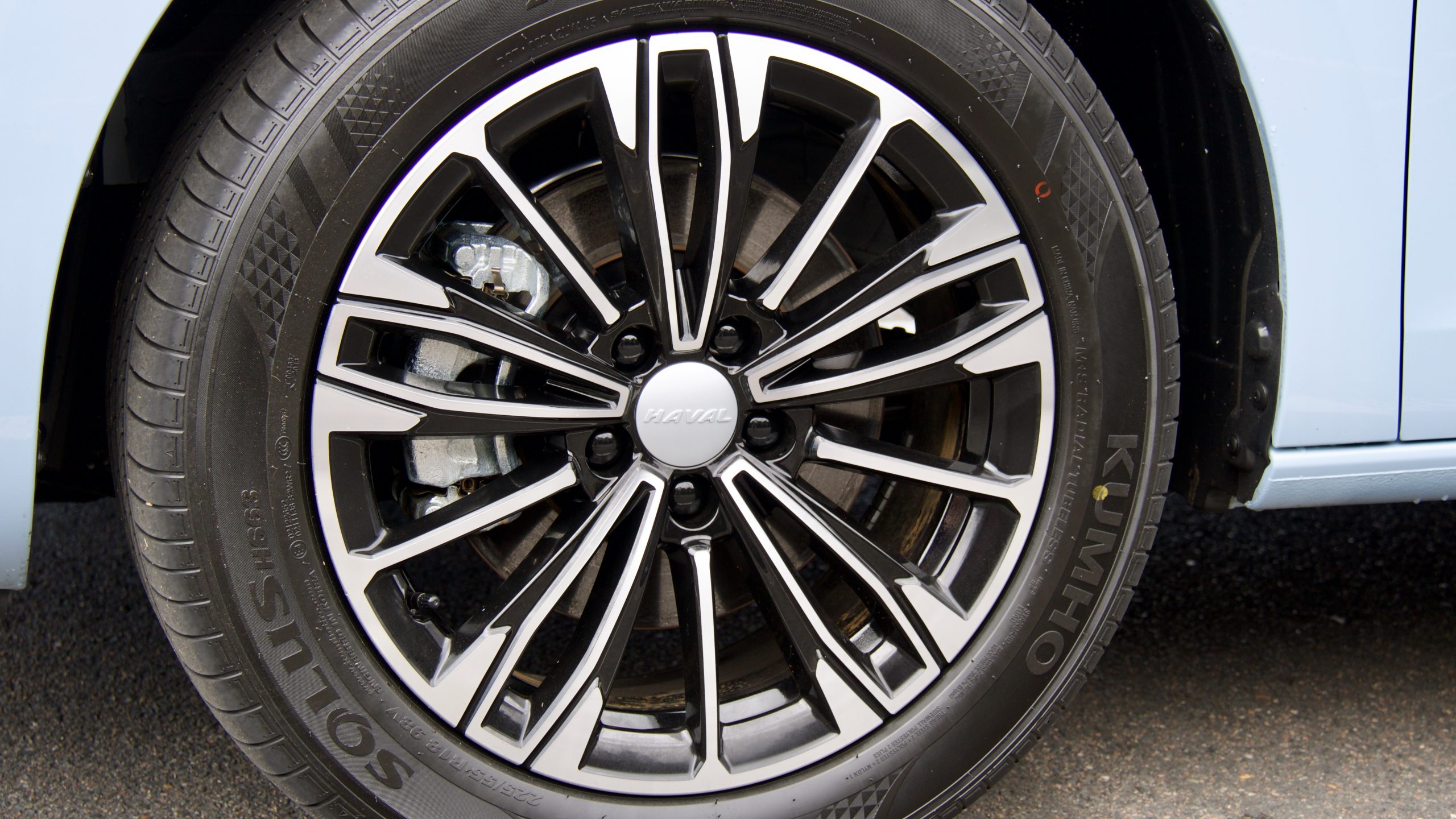
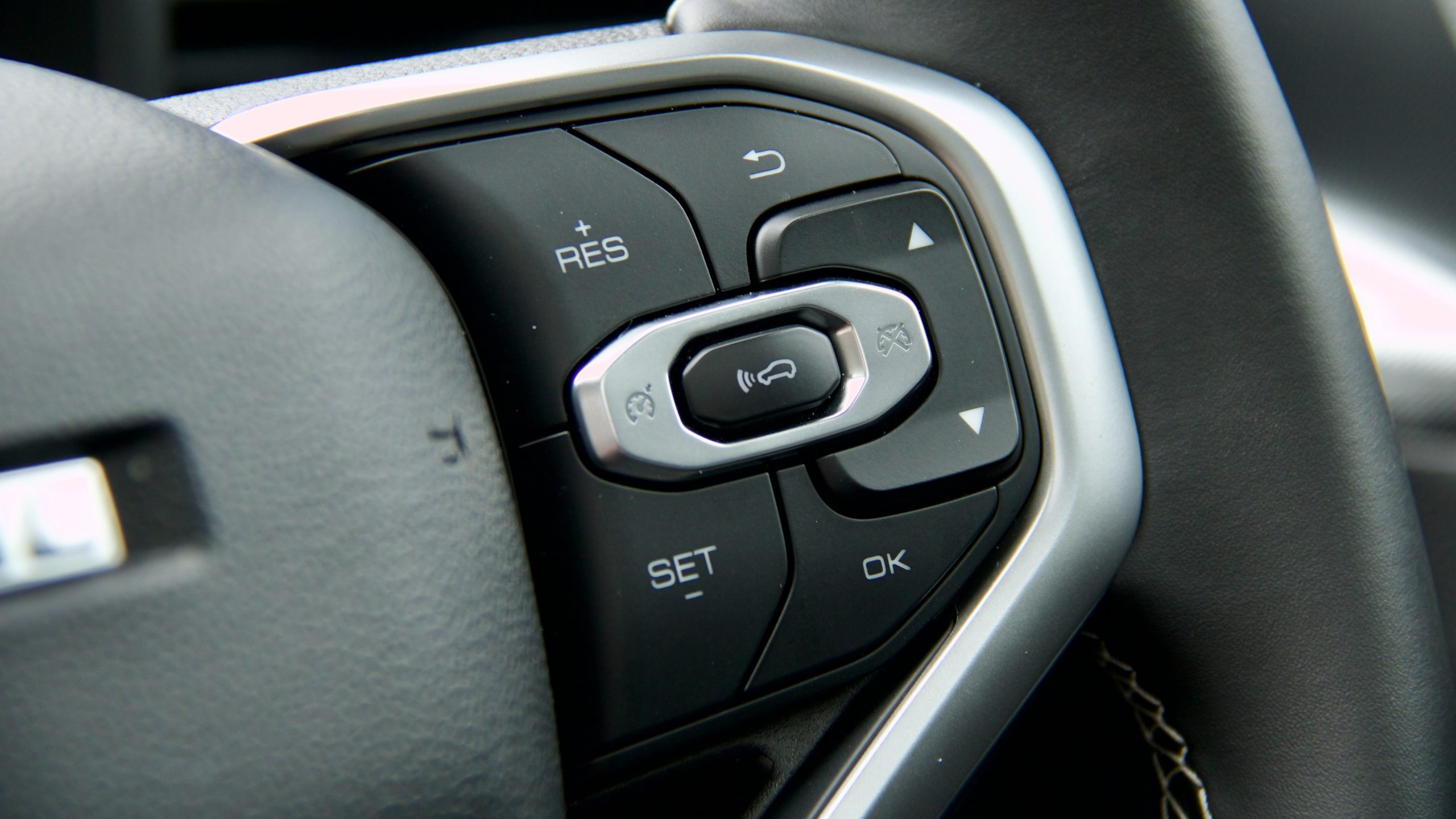
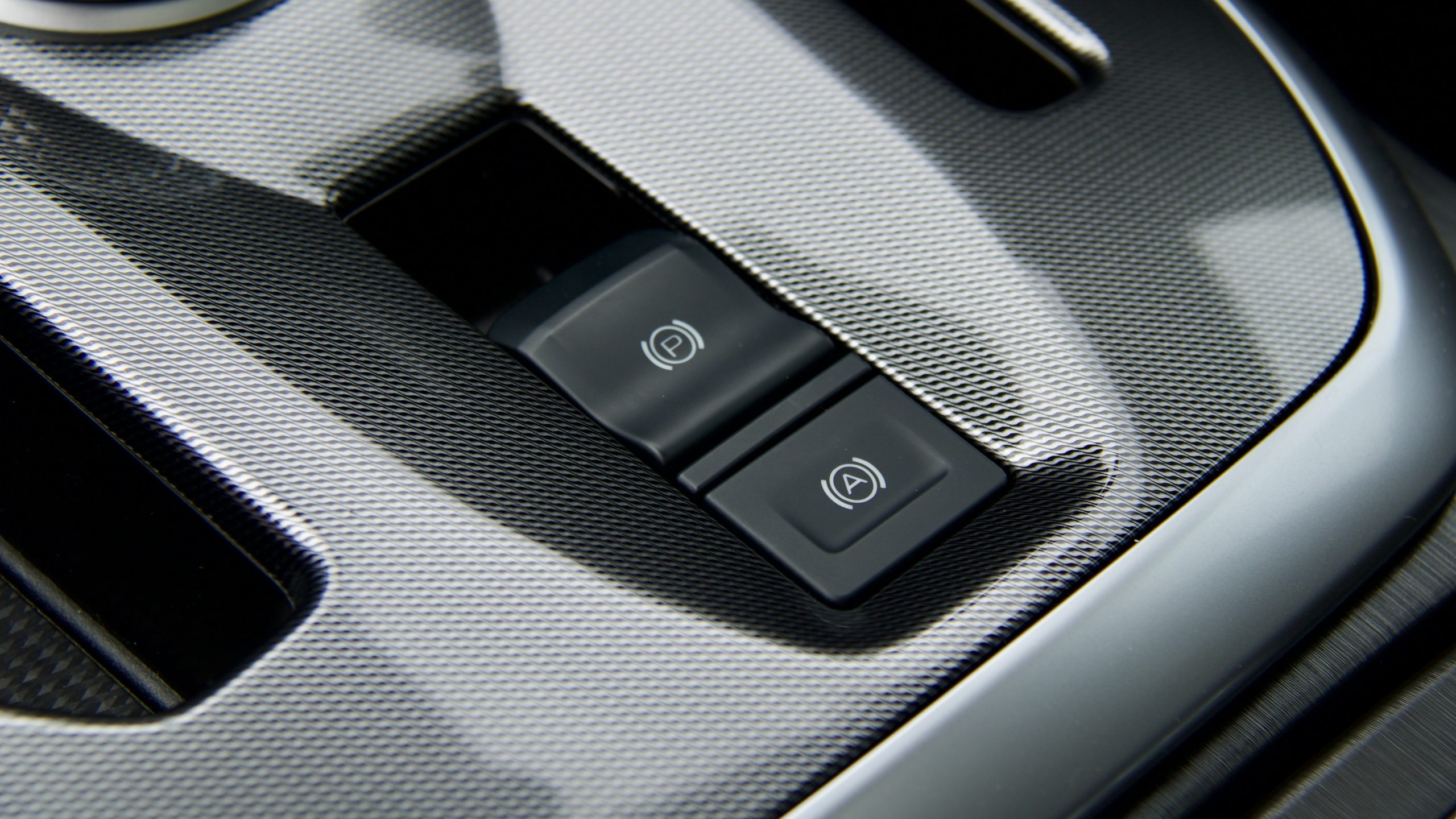
Handling? The Jolion isn’t so keen on that. It steers fine, but it’s definitely not the last word in dynamic involvement. That’s fine too, considering that it’s not aimed at a sporty driver – but a Yaris Cross feels noticeably nimbler and its steering offers more feel into what the front wheels are doing. The Jolion’s Kuhmo Solus HS63 tyres are probably its biggest dynamic link – better rubber would make it drive better, for sure. But for the Jolion’s target market, it drives totally respectfully. Just don’t go into corners too fast.
The driving experience further would be further improved by retuning the Jolion’s active safety systems. The forward collision alert and cruise control are quite good, but the lane keeping assistance and blind-spot monitoring need refining because at the moment, they are too sensitive, even in their dullest setting.

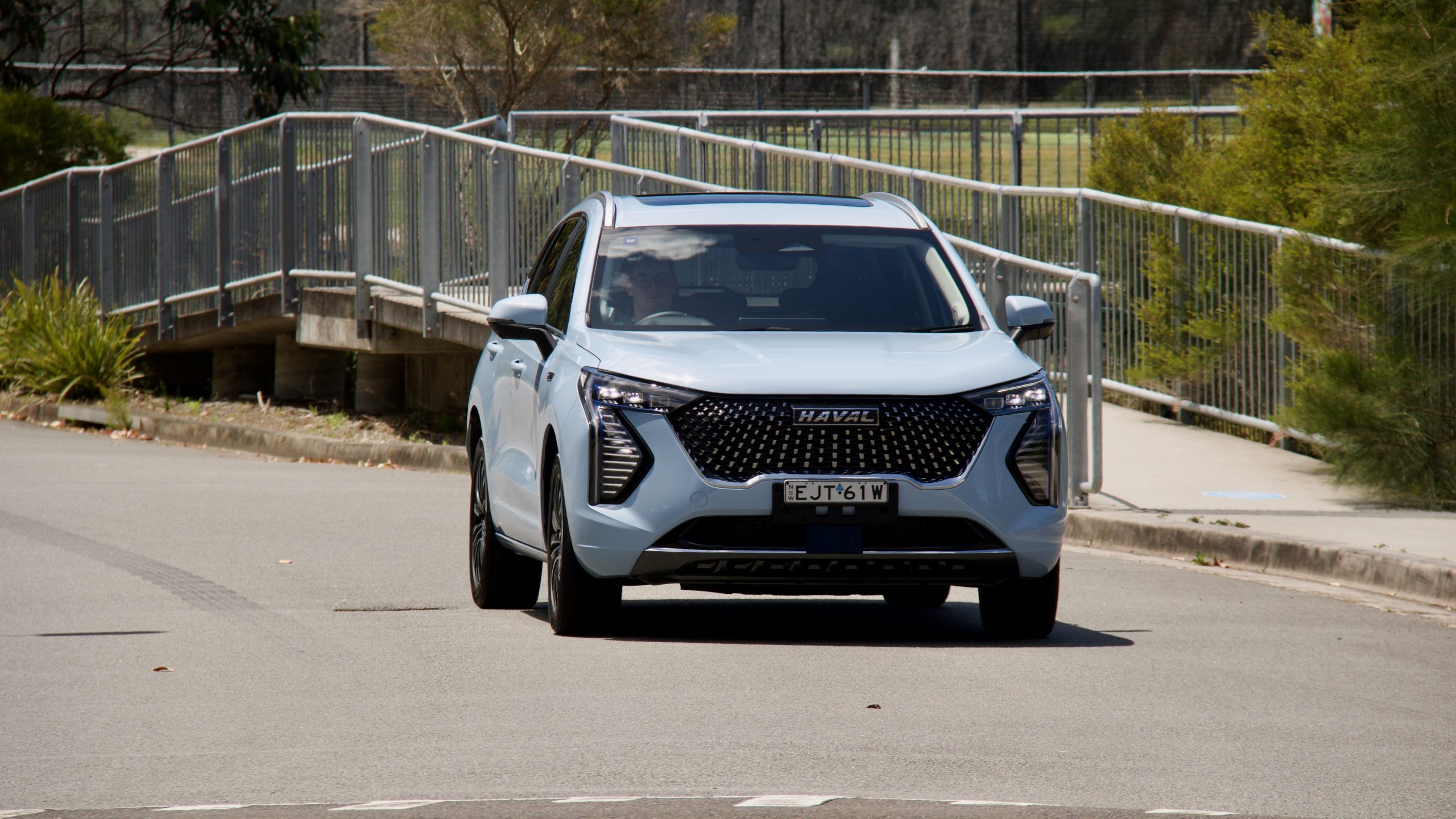
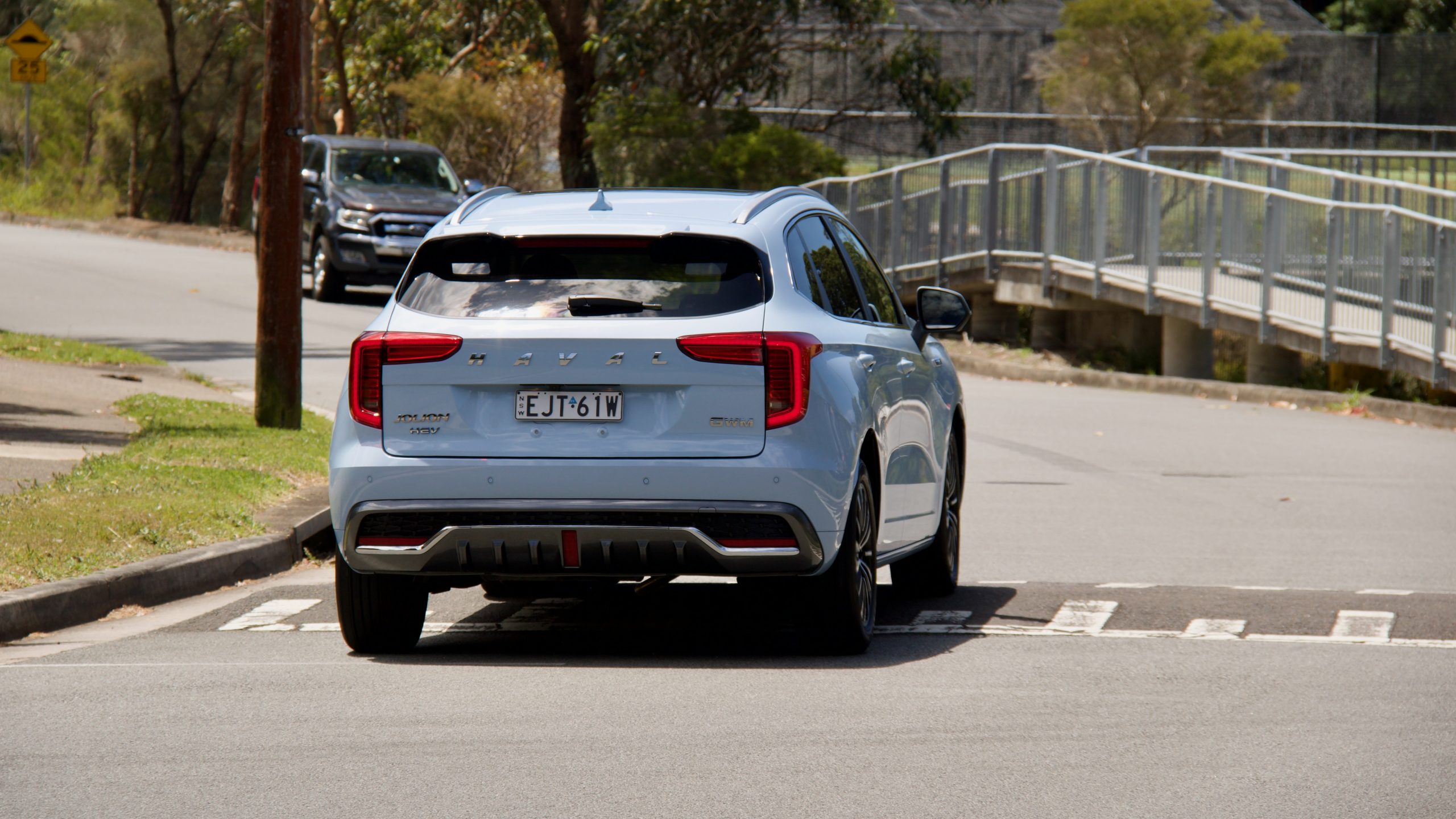
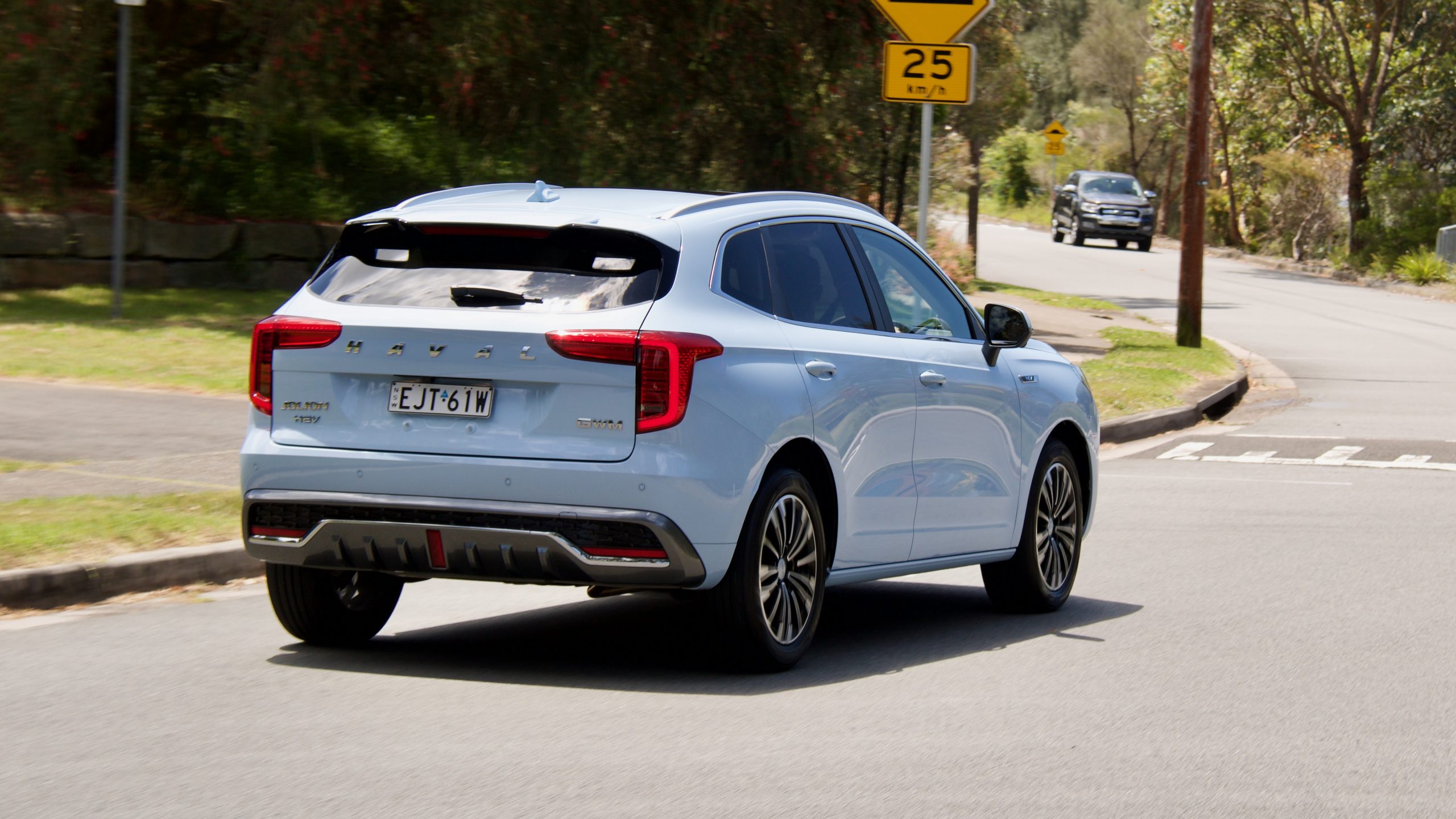
But worst of all is the driver monitoring system, which beeps loudly and displays a warning at you even if you glance at the infotainment system for a second. That, plus the chunky driver monitoring camera located on the A-pillar makes it feel very Big Brother in our opinion – we just turned it off, after a lengthy dig through many sub menus in the infotainment system.
Interior & Practicality: 6.5/10
The 2022 Haval Jolion Ultra Hybrid’s interior presents quite well, and it’s an overall pleasant place to spend time. There are plenty of interesting shapes and textures – the faux leather trim on the dashboard, for example – and it’s screwed together quite nicely as well. The quality itself isn’t quite as good, with hard plastics almost everywhere, but the switchgear feels nice in hand.
Centre of the Jolion’s dashboard as a huge 12.3-inch touchscreen with wired Apple CarPlay and Android Auto, as well as digital radio but there’s no satellite navigation, nor wireless phone mirroring or online services. Screen quality is great – just look at how good the 360-degree camera looks – but unfortunately, it’s not the easiest system to use, especially while at speed.
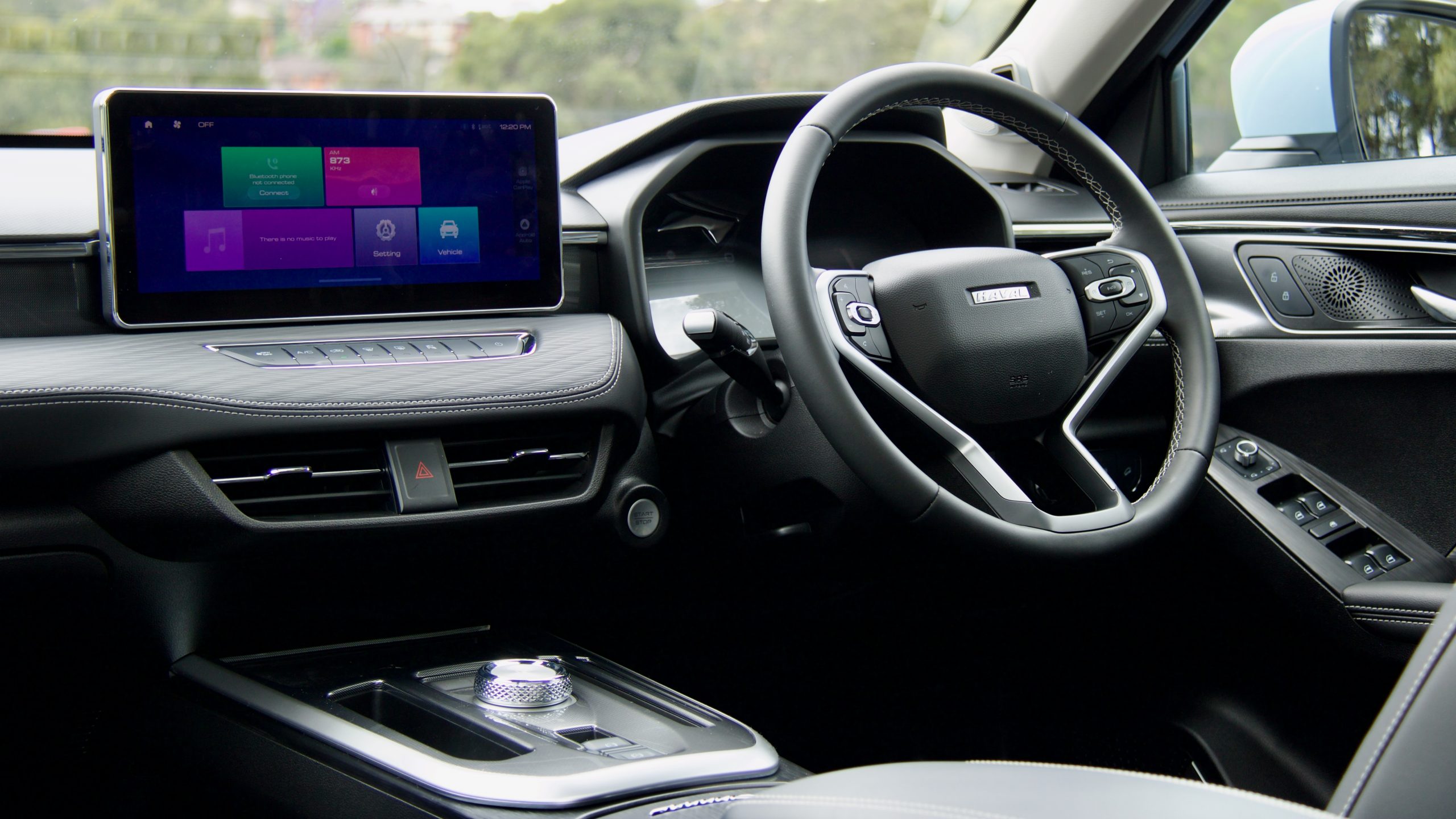
The menu items are on the left of the screen for left-hand drive markets and not converted to the right-hand side, and while there are physical buttons below the screen for a few select functions, a proper home button and other media shortcuts would help further. We’d also appreciate dedicated climate control buttons – at the moment there isn’t even a physical button to invoke the climate menu. The screen itself is also in a strange position, and could definitely be angled better towards the driver.
Aside from the central screen’s lack of ergonomic user friendliness, our main issue with the Jolion’s cabin is the driving position because there’s no steering wheel reach adjustment, and you can’t adjust the under-thigh angle for the front seats. As a result, you have to sit further back than you would in other cars, while no lumbar adjustment for the front seats is also annoying. But as with everything else in life, it could be different for you, and we recommend checking it in person.
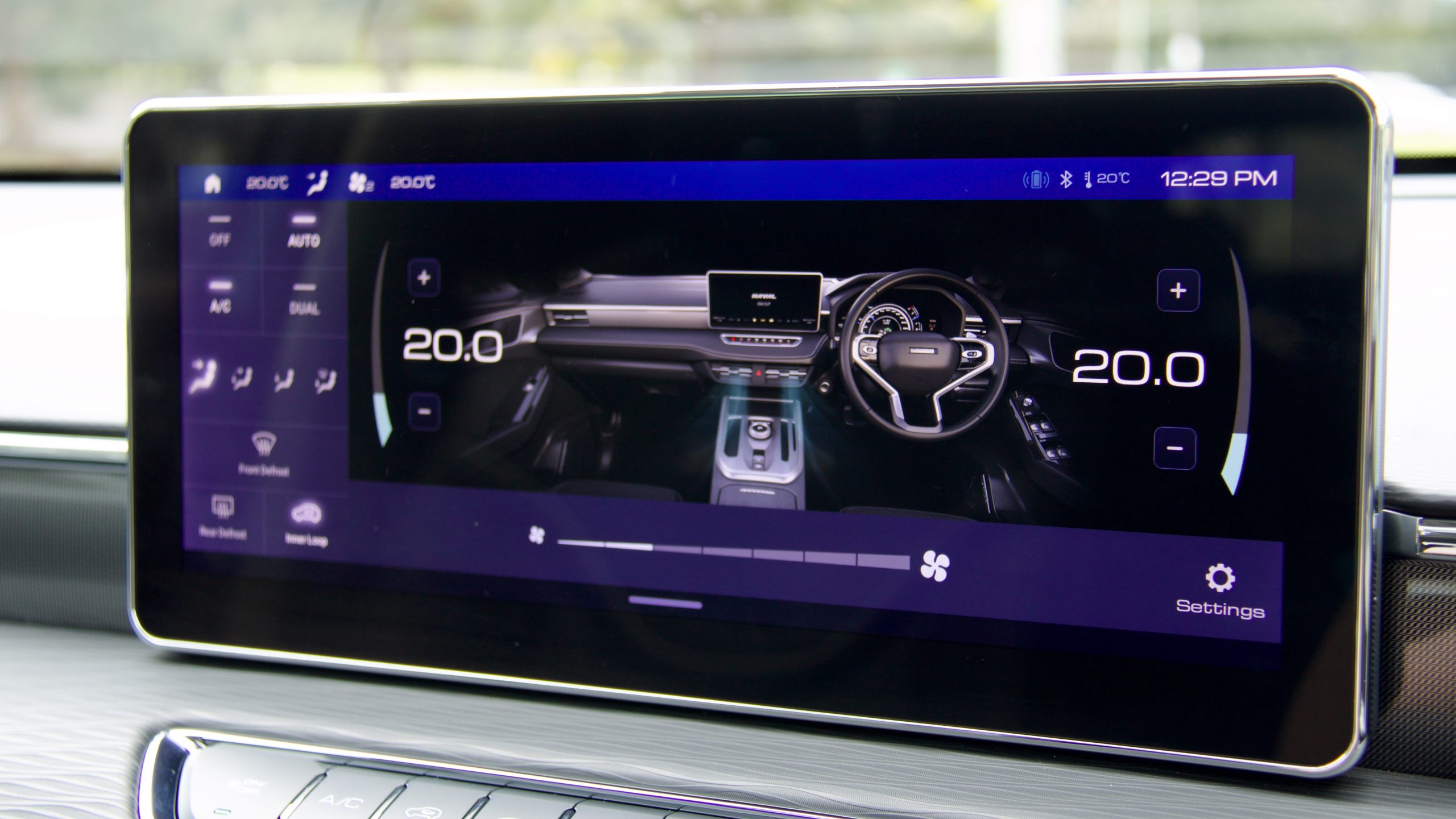
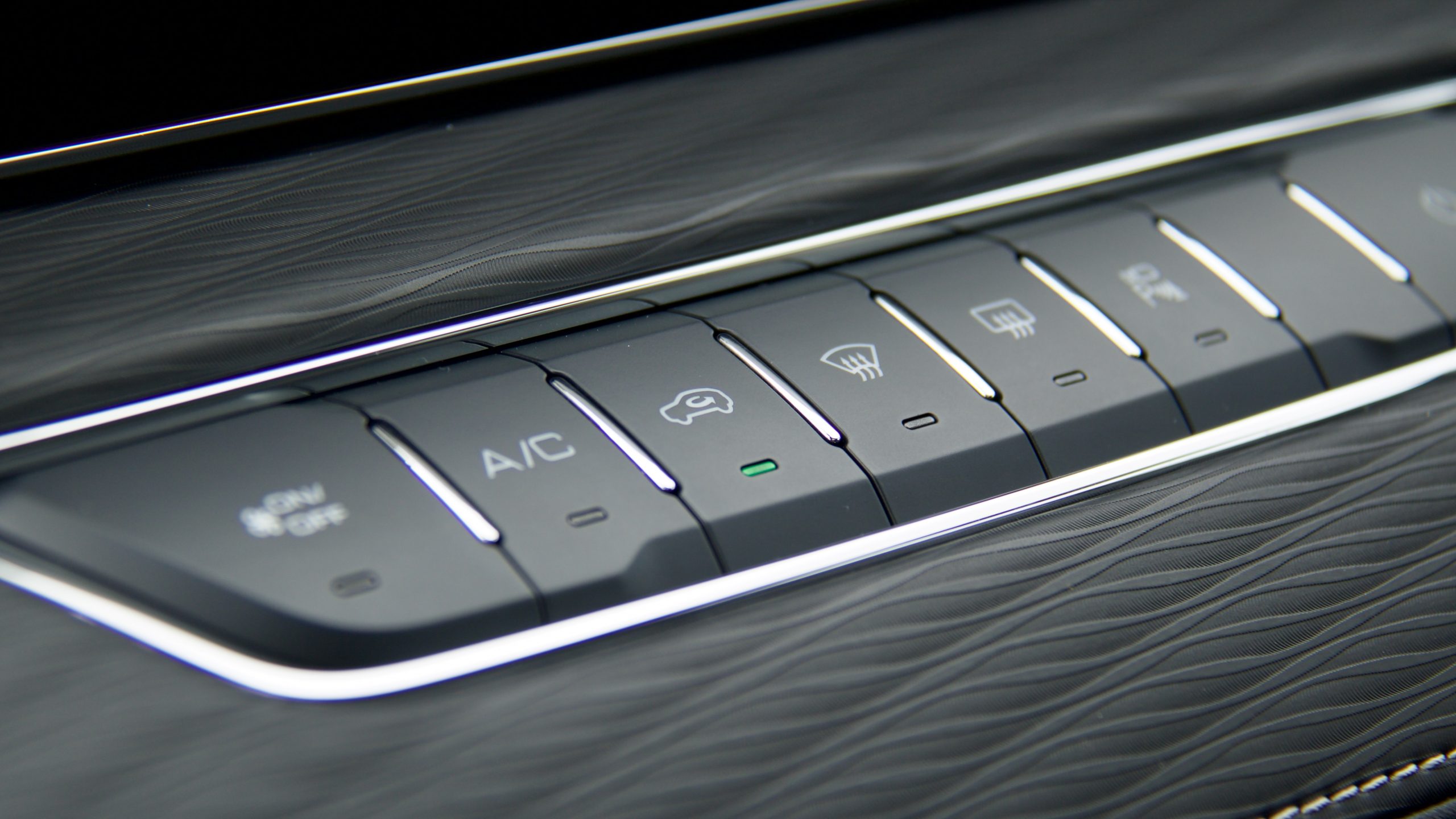
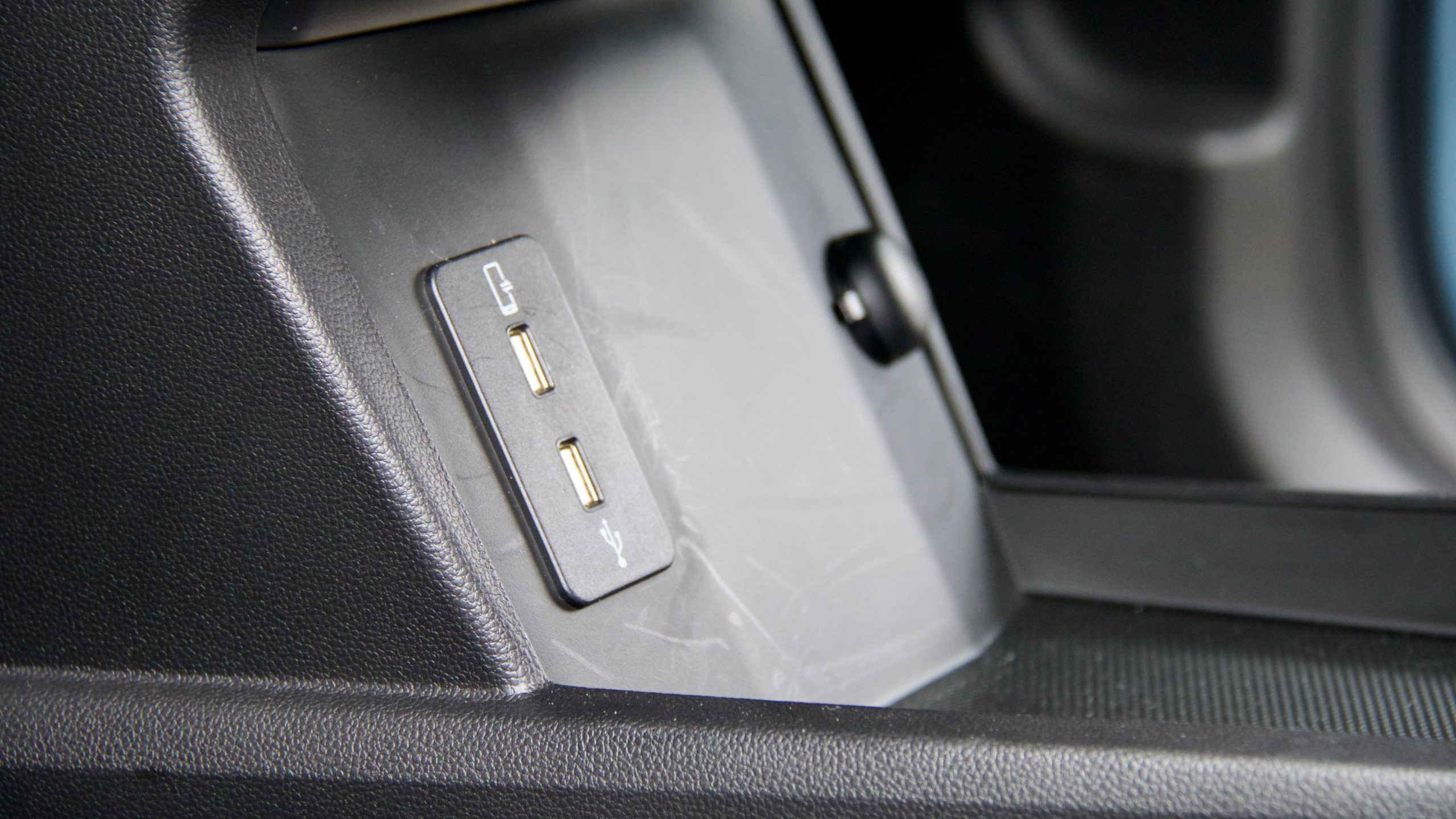

Ahead of the driver is a 7.0 inch digital instrument cluster, which is unfortunately of lower quality than the infotainment system and quite dim. There is very little that can be customised, which in our view goes against the point of digitalising the cluster, and just changing between basic trip information is more complex than it should be. Luckily the head up display is implemented better and is a welcome inclusion.
The Jolion’s cabin is quite practical with a big central tray area underneath the dashboard, a wireless phone charging pad above there, a big box under the centre arm rest, a reasonable glovebox, two different-sized cup holders and reasonable door bins too.
The back seat of the Jolion is a more positive story as it’s quite practical for a small SUV. There’s a completely flat floor, while the seat are comfortable as well and there’s a good amount of space on offer – two six-footers will be more than comfortable. The large window and standard panoramic sunroof make it feel quite airy too – and that’s a feeling that’s constant because the roof doesn’t have a proper sun blind. It’s also well featured, with two map pockets, vents, two USB-A charging ports, door pockets and a centre arm rest with cup holders.
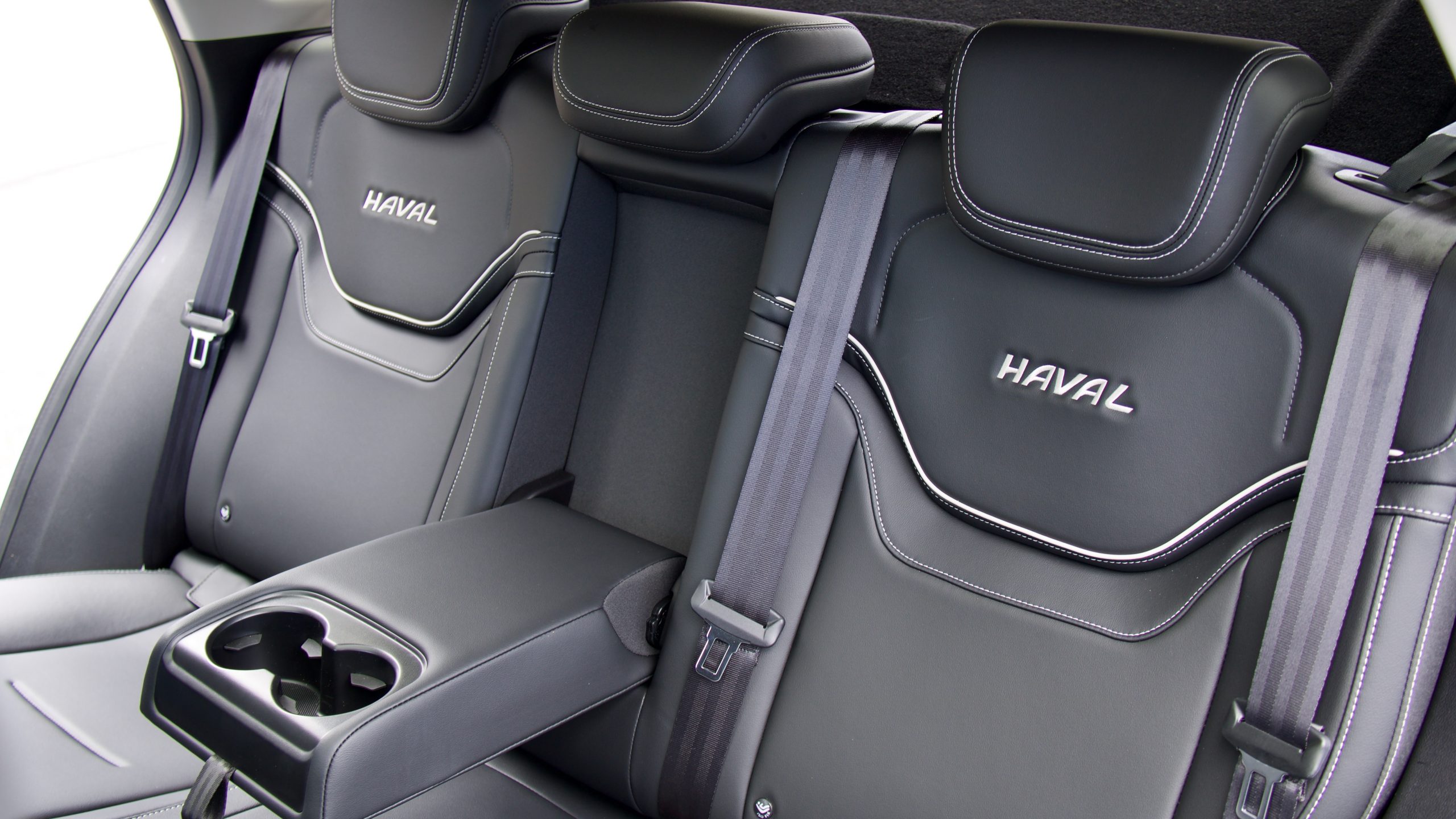
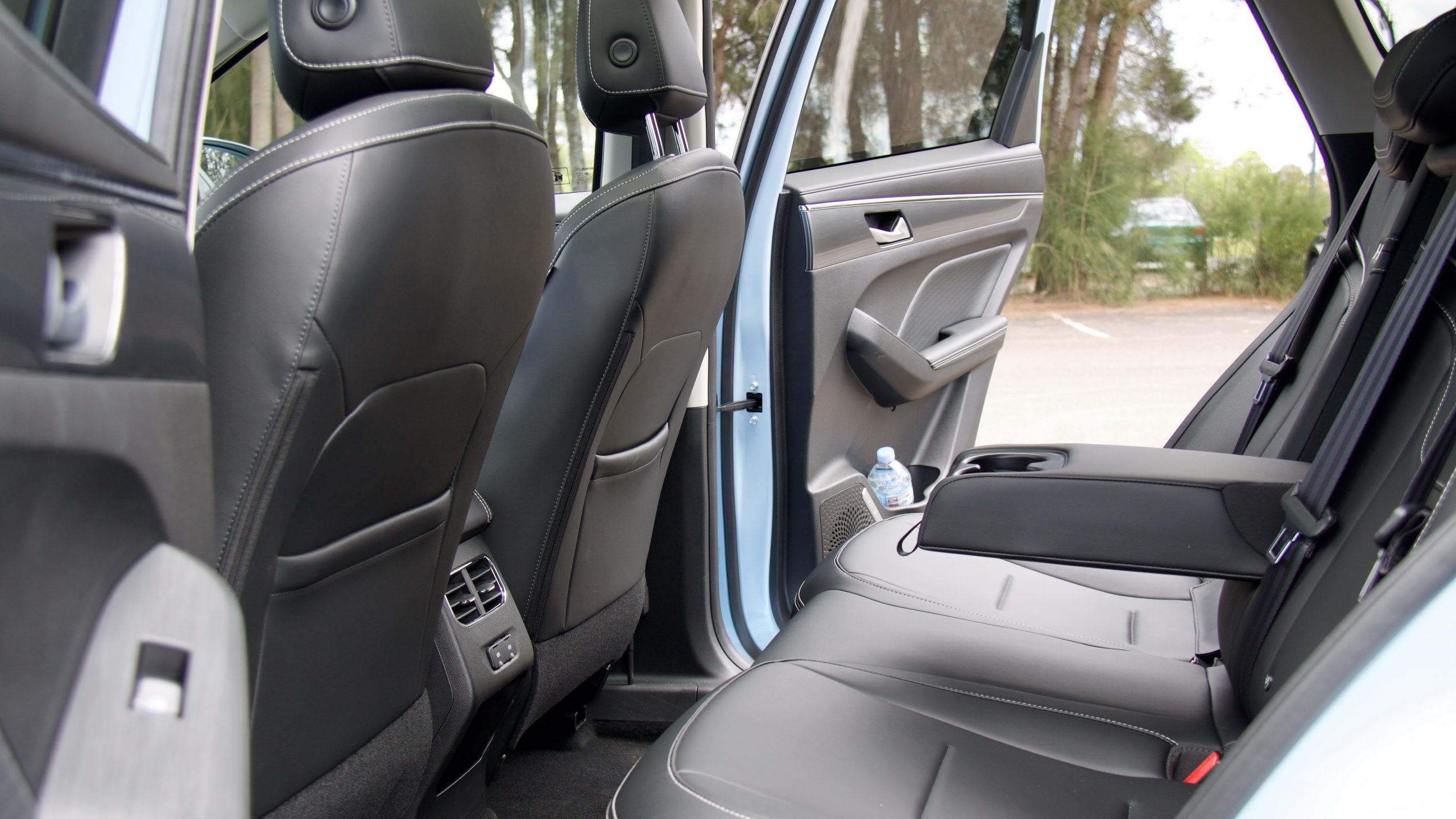
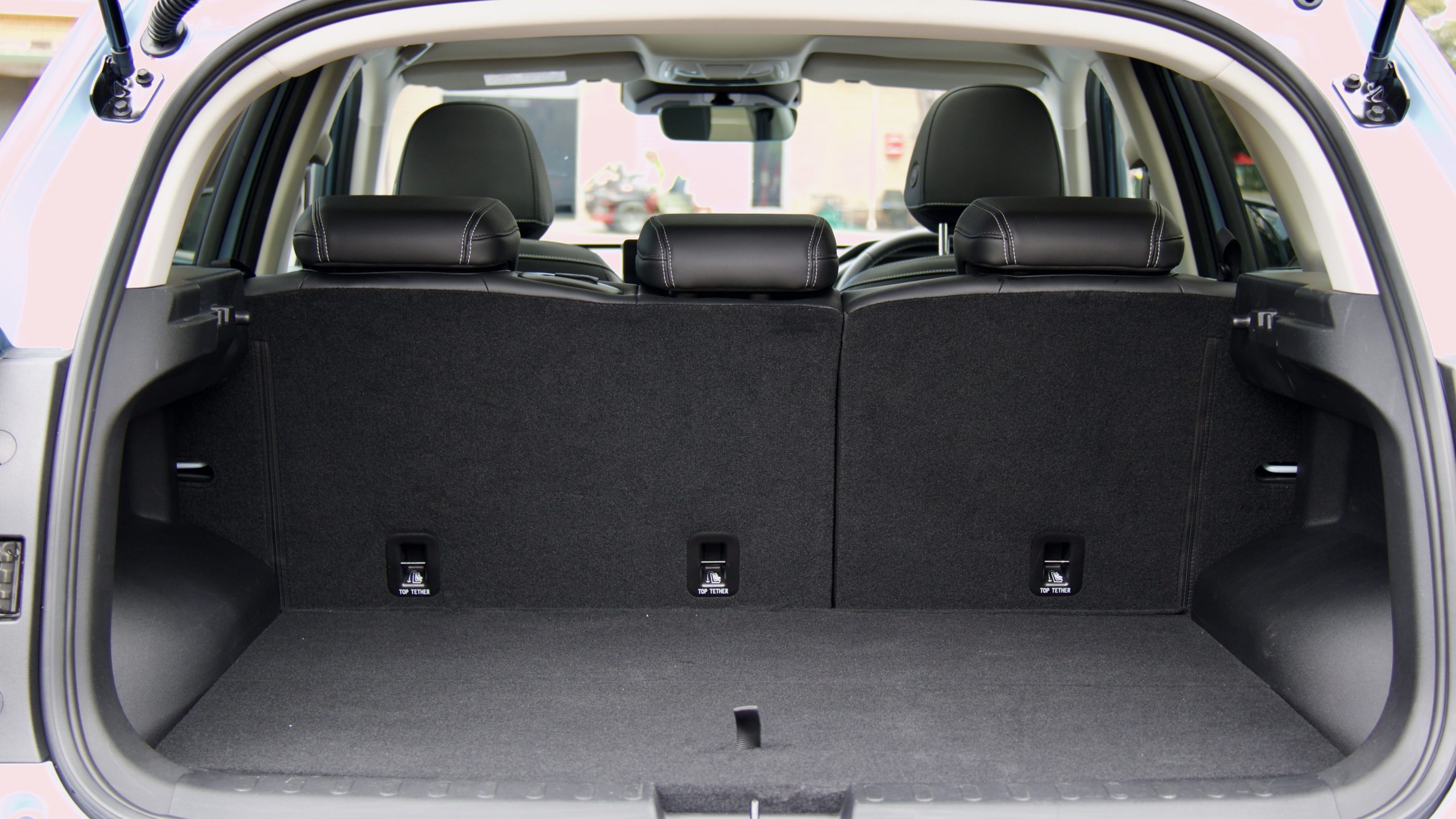
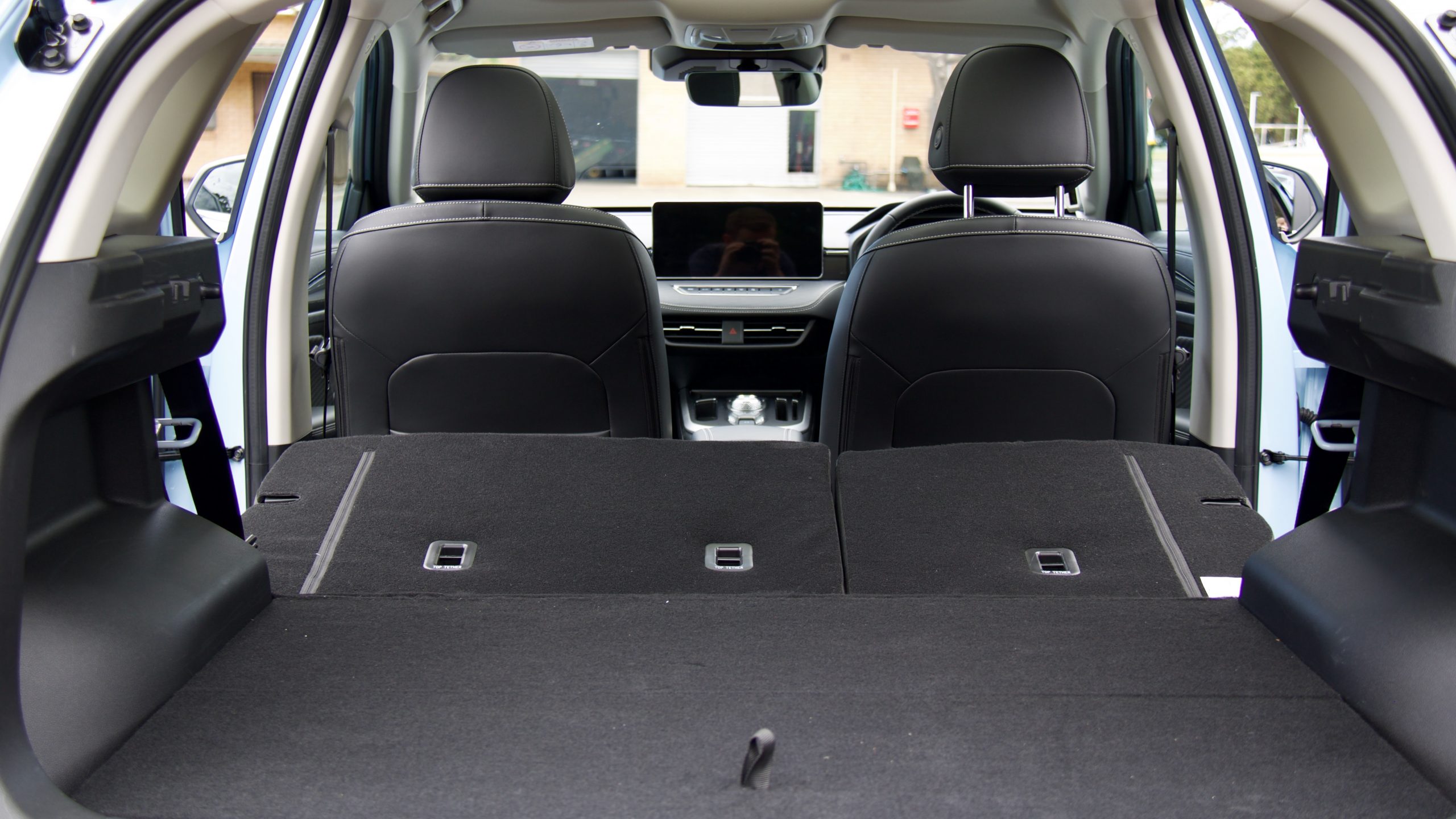
The boot space of the Jolion Ultra Hybrid is 390-litres with the seats up, and 1,069L with them folded – that’s 40L/64L less respectively than the regular Jolion because of the hybrid battery raising the boot floor. There’s also no under-floor storage and no spare wheel, though there are two shopping bag hooks and storage on either side of the boot floor.
Service & Warranty: 8.5/10
Like other new GVM products, the 2022 Haval Jolion Hybrid is equipped with a seven-year/unlimited km warranty with five years of roadside assistance and five years of capped price servicing. The battery is covered by an eight-year/unlimited km warranty. It has slightly odd service intervals – the first service is due within a year but 10,000km, but the next services are due 15,000km afterwards. Five years/70,000km of servicing costs a reasonable $1,650 ($330 per service).
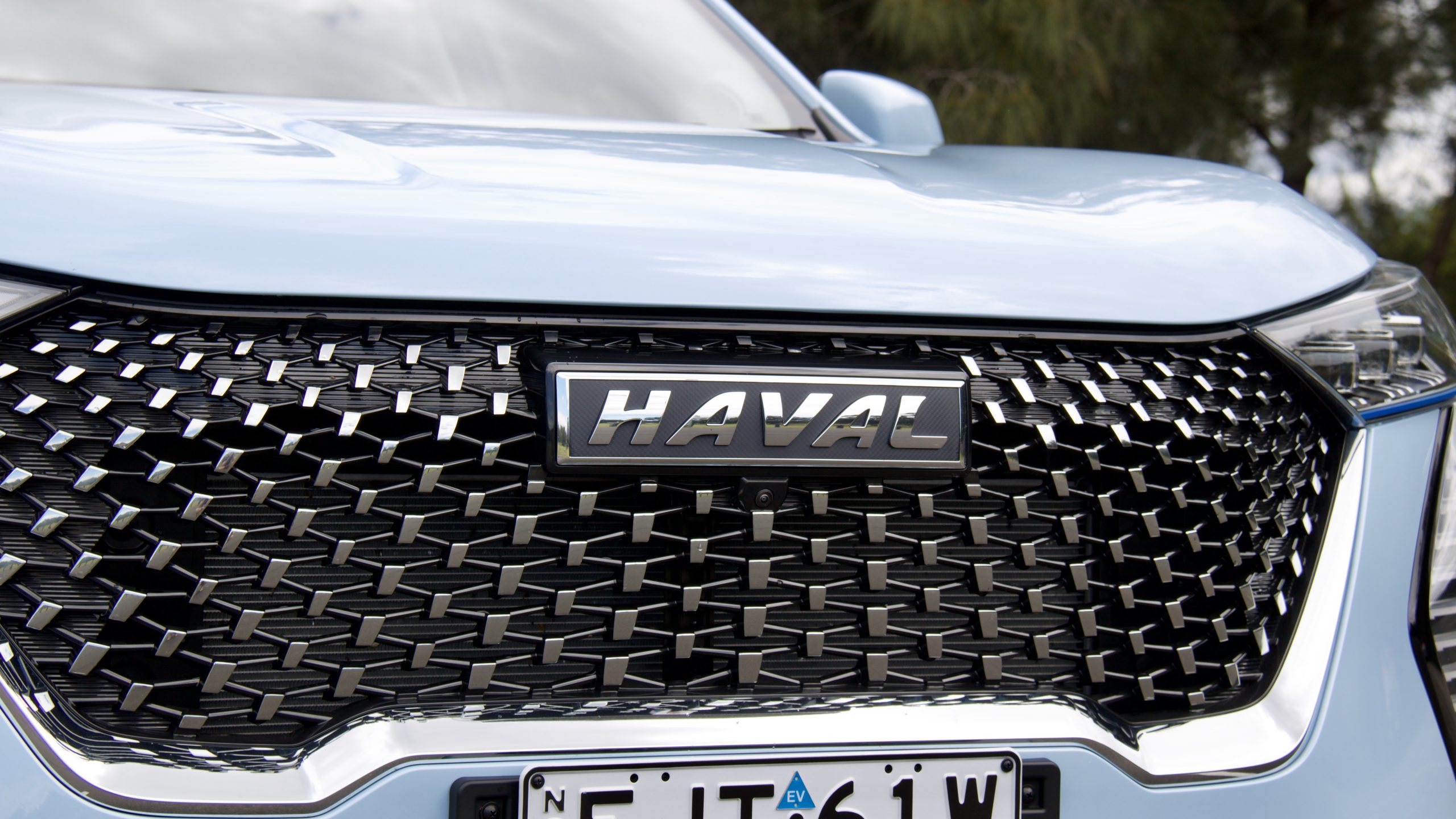
Competitors offer similar warranty terms, like the Kia Niro and its seven-year/unlimited km warranty with up to eight years of roadside assistance and an eight-year battery warranty – whereas both Toyota and Honda feature lessers five-year/unlimited km warranty with eight years of warranty battery. Five years/75,000km of servicing the Niro costs a huge $2,645 ($529 per service), whereas the HR-V costs $625 ($125 per service) and the Corolla Cross costs $1,150 ($230 per service) for the same.
The 2022 Haval Jolion Ultra Hybrid DiscoverAuto Rating: 7.5/10
It’s clear to see that the Chinese automotive industry is coming leaps and bounds because its first hybrid small SUV on sale in Australia is definitely capable of firing up the sales charts thanks to its refined hybrid system, great value for money (relative to its competitors), spacious cabin, attractive service costs, long warranty and pleasant driving experience.
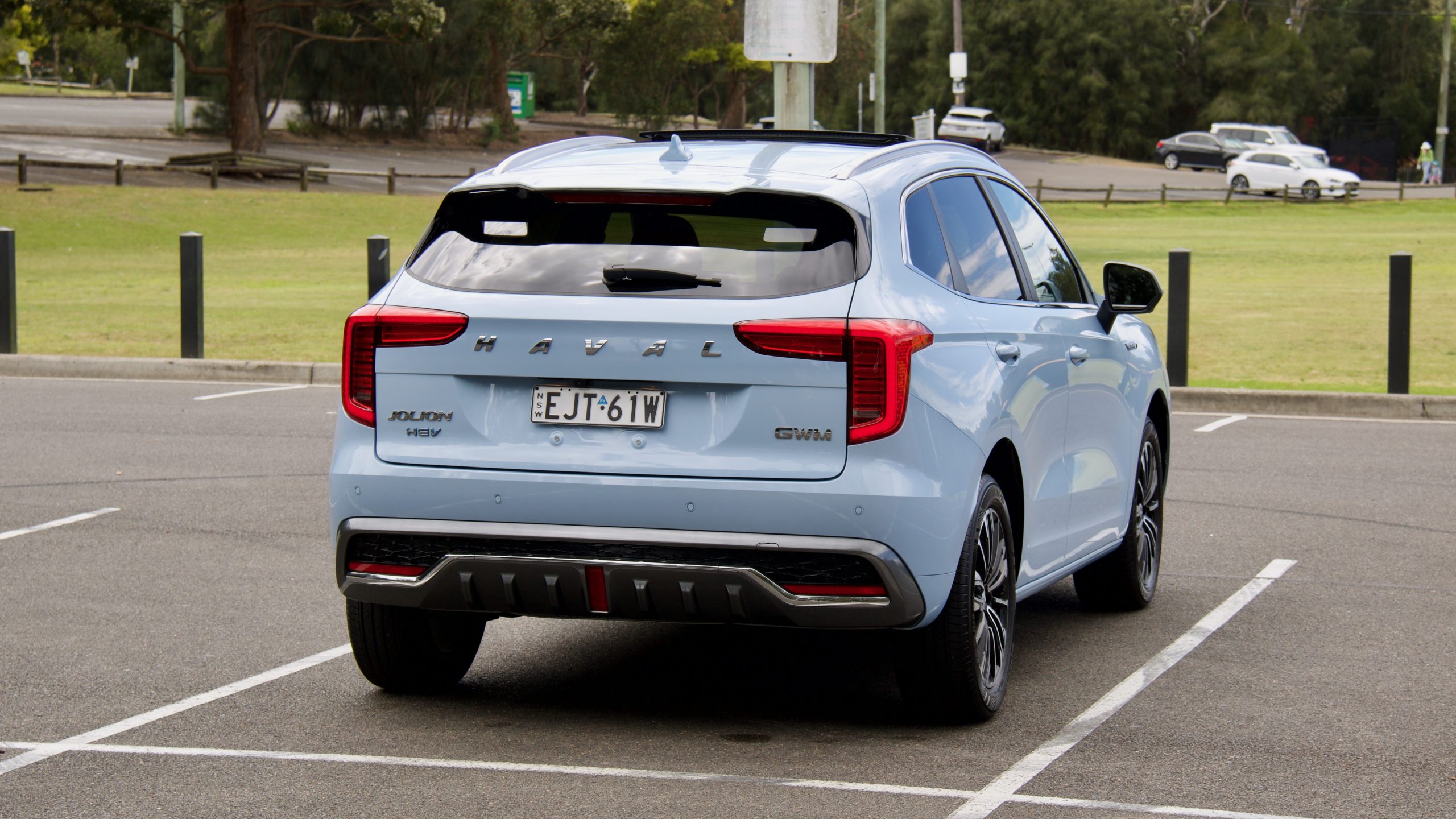
Of course, it isn’t perfect – the driving experience would benefit a lot from an Australian tuning program (much like Hyundai and Kia did in the 2010s), the infotainment system needs work on its ergonomics and usability and the $7,000 price difference between the Jolion Ultra and the Ultra Hybrid – with the same feature list – is just too large. But the basics are more than solid, and we think the Jolion offers a lot to a lot of buyers for its relatively low asking price.
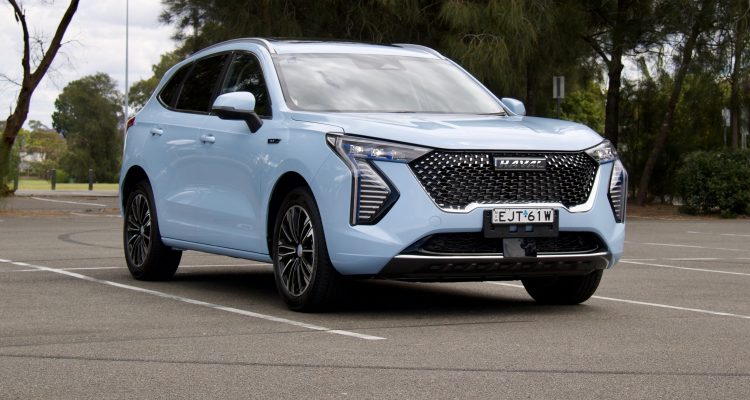
Leave a Reply